unmodern talking's Public Feed: All I Have Am 22. März 2020 v...
All I Have Am 22. März 2020 veröffentlicht Madonna eine Videonachricht auf ihrem Instagram-Profil, in dem sie sich zur aktuellen Corona-Krise äußert. Aus einer marmornen Badewanne samt Kerzenlicht und Rosenblüten wendet sich die scheinbar splitternackte Pop-Ikone an ihre Follower: „Thats the thing about covid 19, it doesnt care about how rich you are, how famous you are, how funny you are, how smart you are, where you live, how old you are, what amazing stories you can tell. It’s the great equalizer.“ Oops. Madonna, wir lieben dich wirklich sehr, aber das ging leider daneben. Der shitstorm lässt nicht lange auf sich warten und einige Stunden später war der Post gelöscht. Aber glücklicherweise für uns verschwindet ja nie was aus dem Internet. Das Video ist hier zu finden. Die Sozialwissenschaftlerin Katharina Hoppe äußert sich in ihrem Videobeitrag zum „Glossar zur Corona Krise“ des Frankfurter Arbeitskreises für Kritische Theorie zu dem Phänomen, dass neben Madonna auch viele andere Akteur:innen bei der Berichterstattung um Corona oftmals eben diesen Topos des „Gleichmachens“ bedienen. „Ganz falsch ist diese Aussage nicht, in der Tat weist eine Erfahrung wie die gegenwärtige Krise auf eine global geteilte Verwundbarkeit hin“, so Hoppe. Der Fehlschluss besteht darin, die „Gleichmachende Kraft“ auf die „Natürlichkeit“ des Virus zurückzuführen. Dabei lautet die Argumentation verschiedener Medien: das Corona-Virus ist ein „natürliches“ Phänomen und deshalb sitzen alle Menschen „im gleichen Boot.“ – Der Zynismus dieser Metapher wird bei einem Blick in die Geflüchtetenlager vor den Grenzen Europas allzu greifbar. Denn, was bei dieser Argumentation verkannt wird, ist, dass zwar möglicherweise das Virus alle Menschen gleich behandelt – wir tun das allerdings nicht. Zugang zu medizinischer Infrastruktur ist selbst in den reichsten Ländern der Welt nicht für alle Teile der Gesellschaft gegeben. Je nach Klasse, „Race“, Geschlecht und anderen Identitätsmarkern kann die Verteilung dieses Privilegs sehr unterschiedlich ausfallen und damit auch die Möglichkeit, im Ernstfall adäquat betreut zu werden. Es beginnt aber schon lange vor dem potenziellen Ärzt:innenbesuch: Regelmäßige und gesunde Ernährung, körperliche Aktivität, Vorsorgeuntersuchungen, Zeit für Regeneration – all das sind Privilegien, die nicht für alle gleichermaßen zugänglich sind und die letztlich darüber mitentscheiden, ob Covid 19 ein leichtes Kratzen im Hals oder eine lebensbedrohliche Krankheit ist. Es wird Katharina Hoppe nicht verwundern, dass einige Wochen nach ihrem Vortrag durch die Presse gehen wird, dass etwa die große Mehrzahl der durch Corona verursachten Todesfälle in den USA Afro-Amerikaner:innen sind: „To use just a few, relevant examples, black Americans are more likely to work in service sector jobs, least likely to own a car and least likely to own their homes. They are therefore more likely to be in close contact with other people, from the ways they travel to the kinds of work they do to the conditions in which they live.“ Diese Unterschiede werden mit dem von Madonna & Co bedienten Narrativ verschleiert. Und wir möchten ergänzen: genauso schrecklich und schaurig wie die Mär vom „great equalizer“ (eine heilsversprechende Zuschreibung, die übrigens auch immer wieder „das Internet“ erfährt) ist aber auch die nicht weniger romantisierte Idee, der „Mensch“ sei das eigentliche „Virus“ und die „Erde“ würde sich gerade von ihm „reinigen“. CoVid 19 als Planeten-Detox, allright. „Wir sind das Virus, Corona die Rettung“ geistert als Tweet, Meme oder „Bild mit nachdenklichem Spruch“ durch das Netz, gern auch unterstützt von Aufnahmen der glasklaren Kanäle in Venedig und freudig hüpfenden Delfinen vor Bibione. Okay. Klar, wie in vielen Bereichen fungieren die Maßnahmen gegen die Verbreitung des Virus (eben die Maßnahmen, nicht das Virus selbst) – also eingeschränkter Reise- und Exportverkehr, reduzierte oder gestoppte Produktion, veränderte Routen und Bewegungsprofile im Individualverkehr – auch im Bereich der Umweltbelastung als eine Art Negativ-Kontrastmittel, in der nun ganz schamlos sichtbar wird, was sonst das Problem ist. Auch Deutschland kann 2020 vielleicht wirklich mal seine Klimaziele erreichen, ein Grund zum Feiern ist das aber nun wirklich nicht. Der daraus entstehende Umkehrschluss in seiner ganzen esoterisch-ideologischen Aufladung „We are the Virus“, klingt aber vor Allem, wie Peter Bierl ausführt, schon verdammt nach rassenhygienisch-sozialdarwinistischen Parolen a lá Konrad Lorenz, der 1988 noch sagte, „man könne angesichts der Überbevölkerung eine gewisse Sympathie für AIDS bekommen.“ Alles also ziemlich cringy, was im Moment so über die „Natur“ gesagt wird. Wie kommen wir da wieder raus, Katharina Hoppe? Die mensch- und Kapitalgemachten Strukturen erkennen, betonen und kritisieren, sagt Hoppe und warnt dabei aber auch davor, dass hierbei nicht im Umkehrschluss von einem „übermächtigen Sozialen“ ausgegangen werden darf, das einem passiv konstruierten „Natürlichen“ gegenübersteht. Der ausgeprägte Eigensinn des Corona-Virus ist wohl kaum zu leugnen. Es bleibt entscheidend, die „konstitutive Verwiesenheit von Natur und Sozialem“ in den Vordergrund zu stellen und gar nicht erst Begriffe zu bemühen, die Dualismen wie „Natur“ und „Kultur“ oder „Natur“ und „Soziales“ aufrufen. Denn diese Begriffspaare definieren sich gegenseitig nach dem Ausschlussprinzip („Natur ist, was nicht Kultur ist und umgekehrt“) und verhalten sich machtförmig zueinander. Eines der beiden Elemente wird als dem anderen überlegen gedacht: männlich und weiblich, menschliches und nicht-menschliches Wesen, Geist und Körper, Vernunft und Emotion etc. Der Einsatz dieser und ähnlicher Zuschreibungen transportiert unweigerlich eine Hierarchie (so wissen wir auch, dass historisch jede Erkenntnis von einer eigenständig handelnden Natur immer zu Beherrschungsfantasien führt) deshalb versuchen feministische Denker:innen seit geraumer Zeit über diese Dualismen hinauszugehen und in „gewobenen Zusammenhängen“ zu denken. Gesellschaft kann so als „Bio- und Ökosoziale Prozesse“ verstanden werden, „die sich historisch spezifisch artikulieren und materialisieren.“ Eine derartige biosoziale Auffassung von Gesellschaft macht es möglich, Phänomene wie das Corona-Virus in verschiedenen Facetten, Dimensionen und Ungleichheiten (etwa in der Verbreitungsdynamik) wahrzunehmen, ohne es beispielsweise als „the great equalizer“ zu romantisieren oder als Befreier der unschuldigen Natur religiös zu überhöhen. Eine solche biosoziale Auffassung von Gesellschaft würde sich nach Hoppe in drei Konsequenzen niederschlagen. Epistemisch würde eine solche Auffassung die Verabschiedung von der Fiktion einer souveränen, fixierten Wahrheit und eine Hinwendung zu einer sozialen Wahrheit bedeuten, eine Erkenntnis- und Wissensproduktion als situierte Praxis, die ihre eigene Vorläufigkeit und Fehlbarkeit mitreflektiert. Ethisch wiederum würde ein bio-und ökoziale Gesellschaft lernen müssen, speziesübergreifende Verwundbarkeit anzuerkennen, das „Andere“ in der Depedenz mit dem „Eigenen“ zu begreifen – Ethik wäre nicht länger ein Set an moralistischen Grundsätzen, sondern eine fragende und sorgende Ordnung. Und auch politisch müssten Gegenwartsgesellschaften Wege finden, mit Dependenz und Vergänglichkeit umzugehen und sich den eigenen Beherrschungs- und Normierungsautomatismen bewusstwerden. Wenn nun überall um die Rückkehr der Normalität gebeten wird, bleibt die Frage: „Wessen Normalität?“. Gerade die Anomalie der aktuellen Situation zeigt Missstände auf, die schlagartig unsichtbar gemacht werden, wenn in der Verteidigung gegen das Fremde, Unbeherrschte und Bedrohliche in scheinbarer Einigkeit (the great equalizer) Menschen- und Persönlichkeitsrechte fast widerspruchlos eingeschränkt werden. 1986 sang Madonna noch: „Papa don’t preach, I’m in trouble deep.“ 2020 wollen wir ihr mit den Worten Donna Haraways raten: Girl, stay with the Trouble. Unruhig bleiben, Widersprüche aushalten, Ungleichheiten erkennen – alles sehr viel empfehlenswerter als ein Wannenbad in zynischen Heilsversprechen.

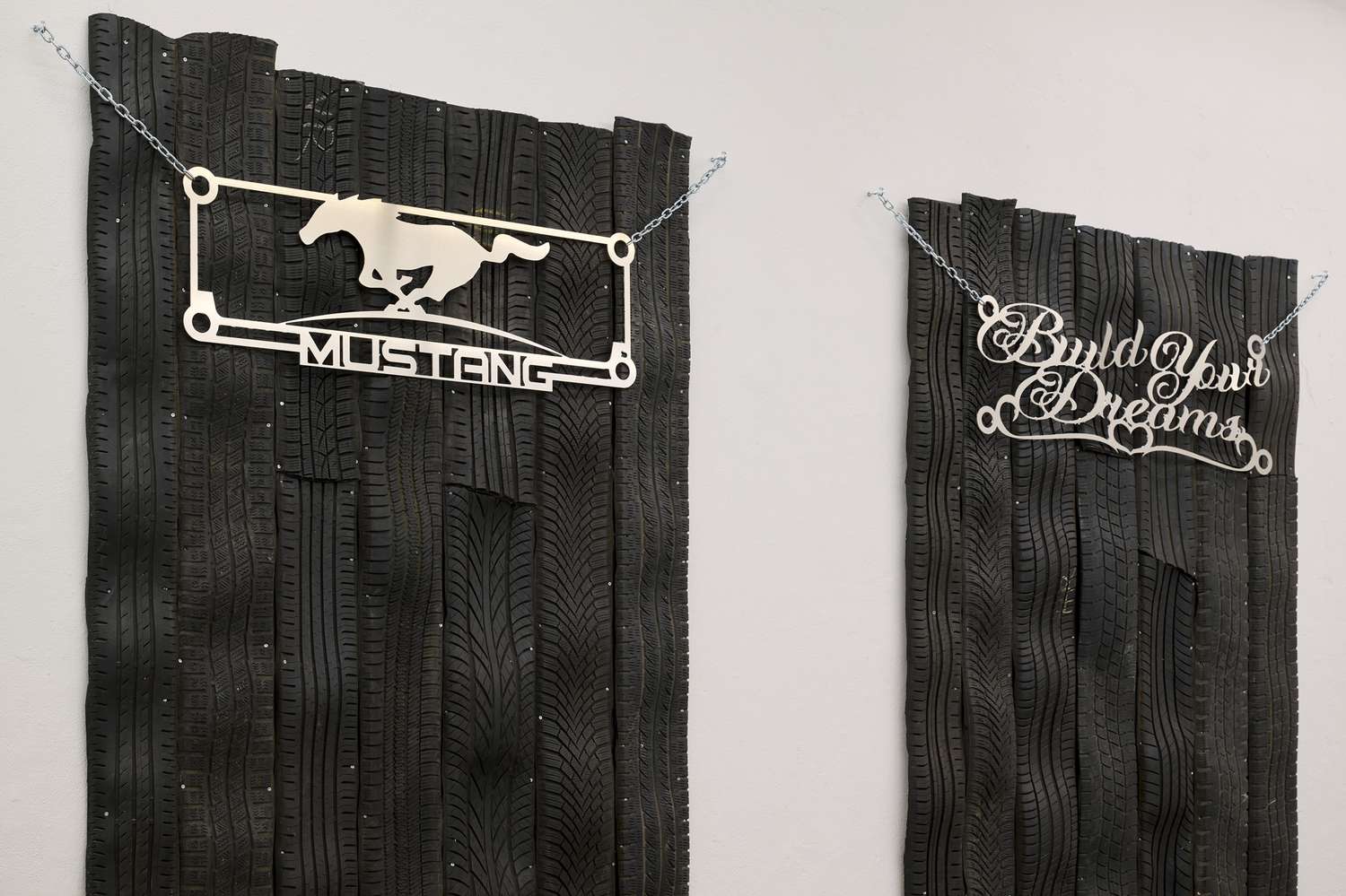
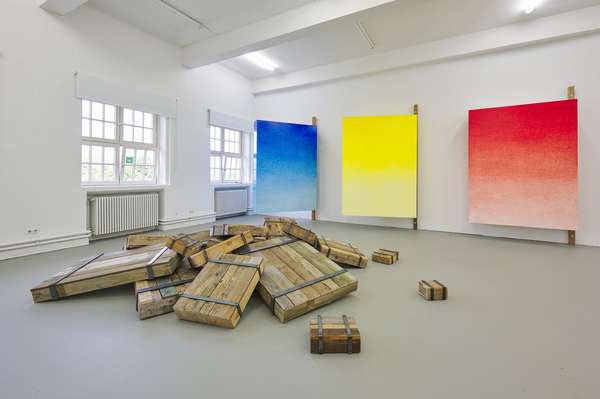

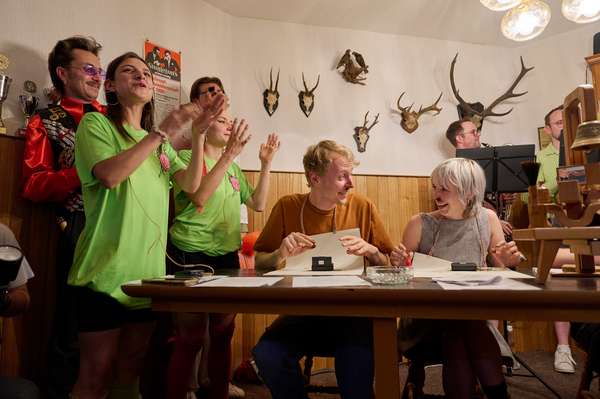
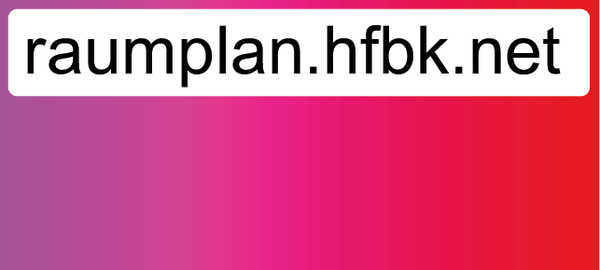
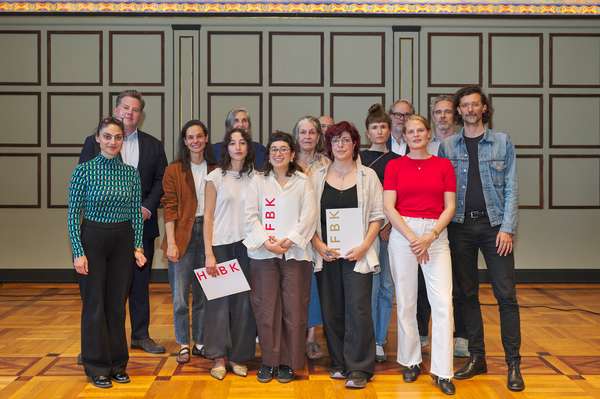

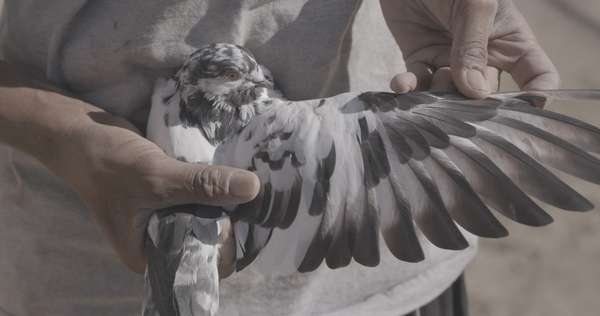
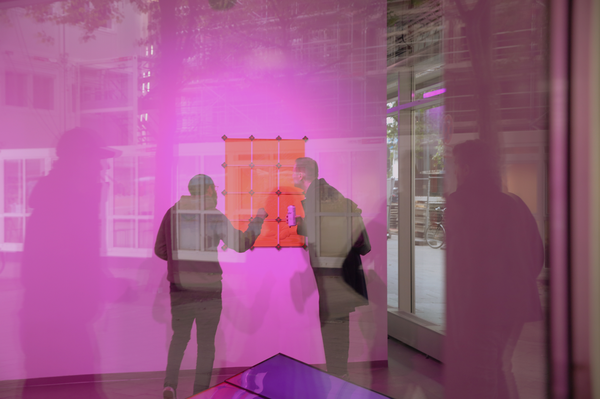
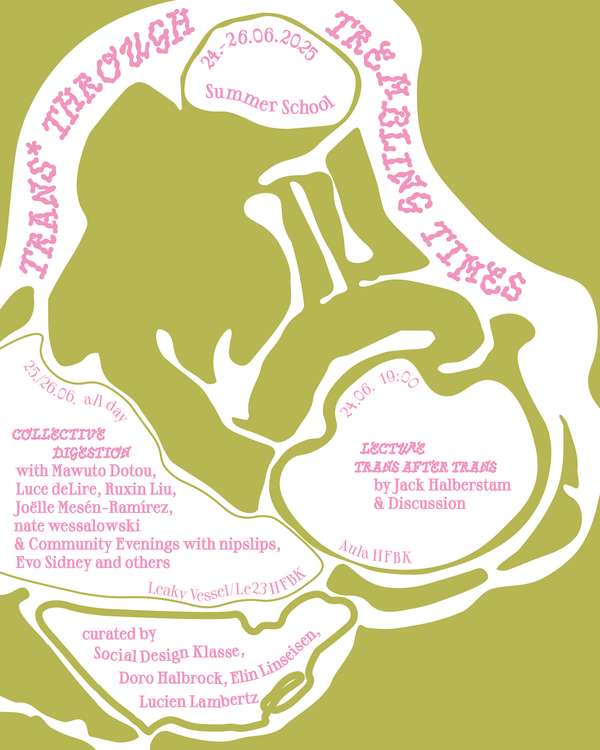
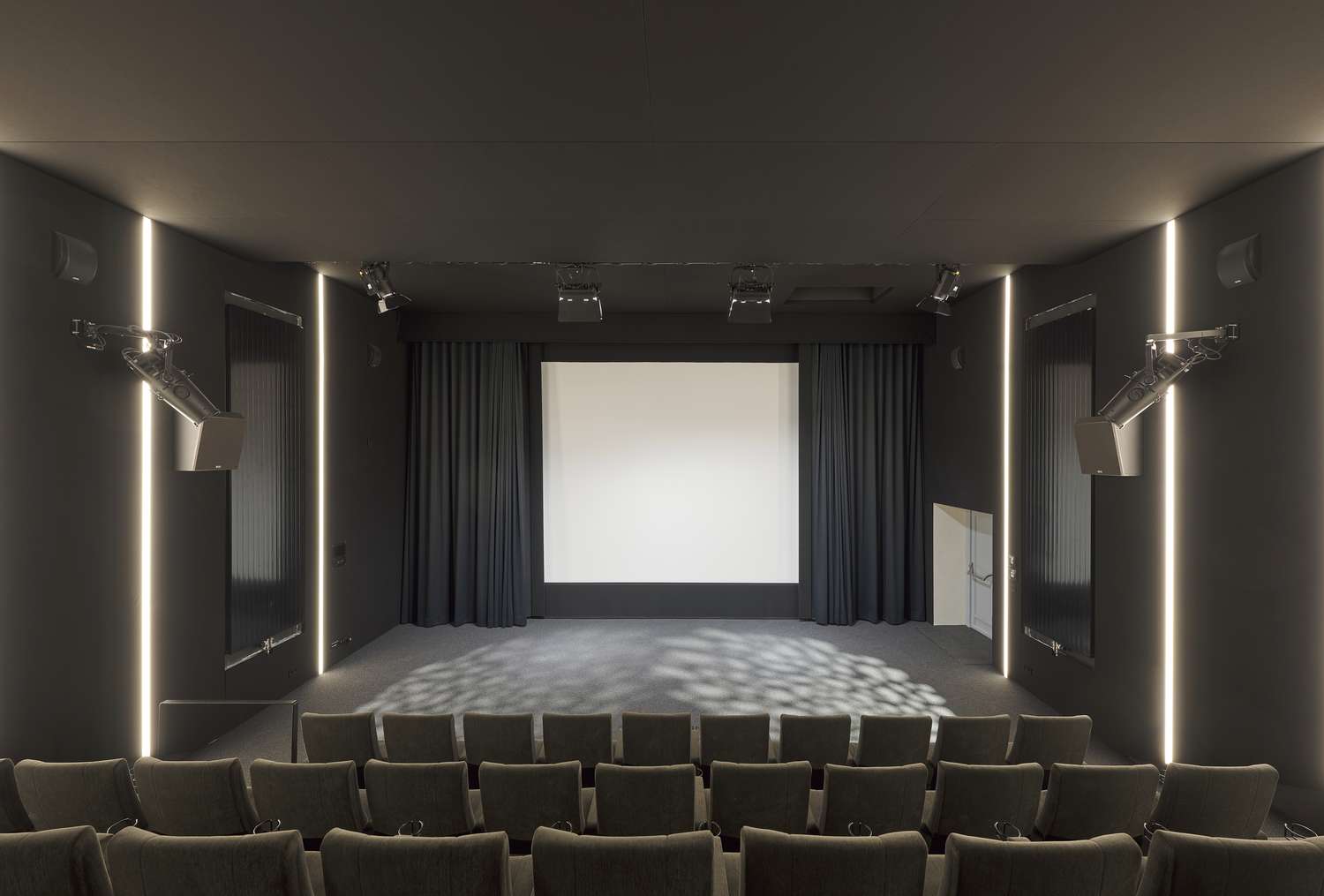
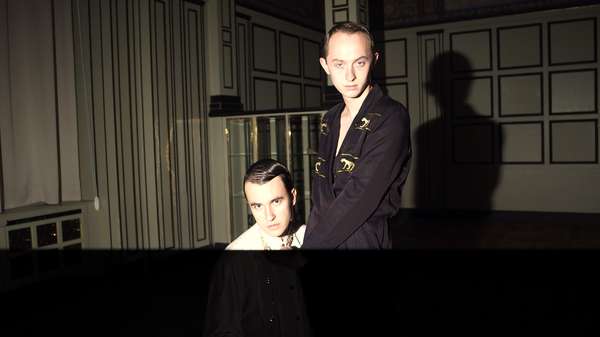
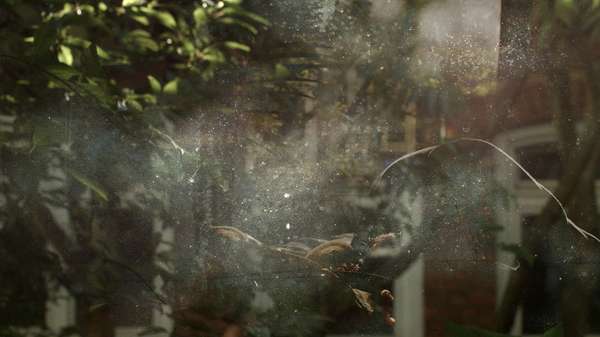
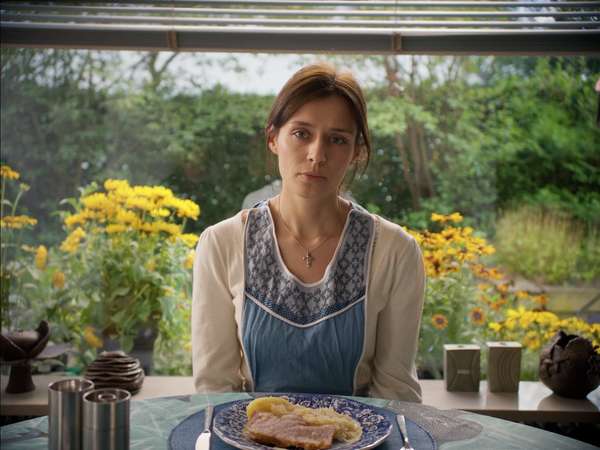
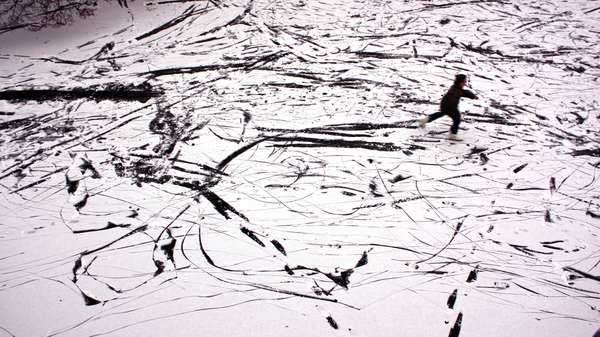
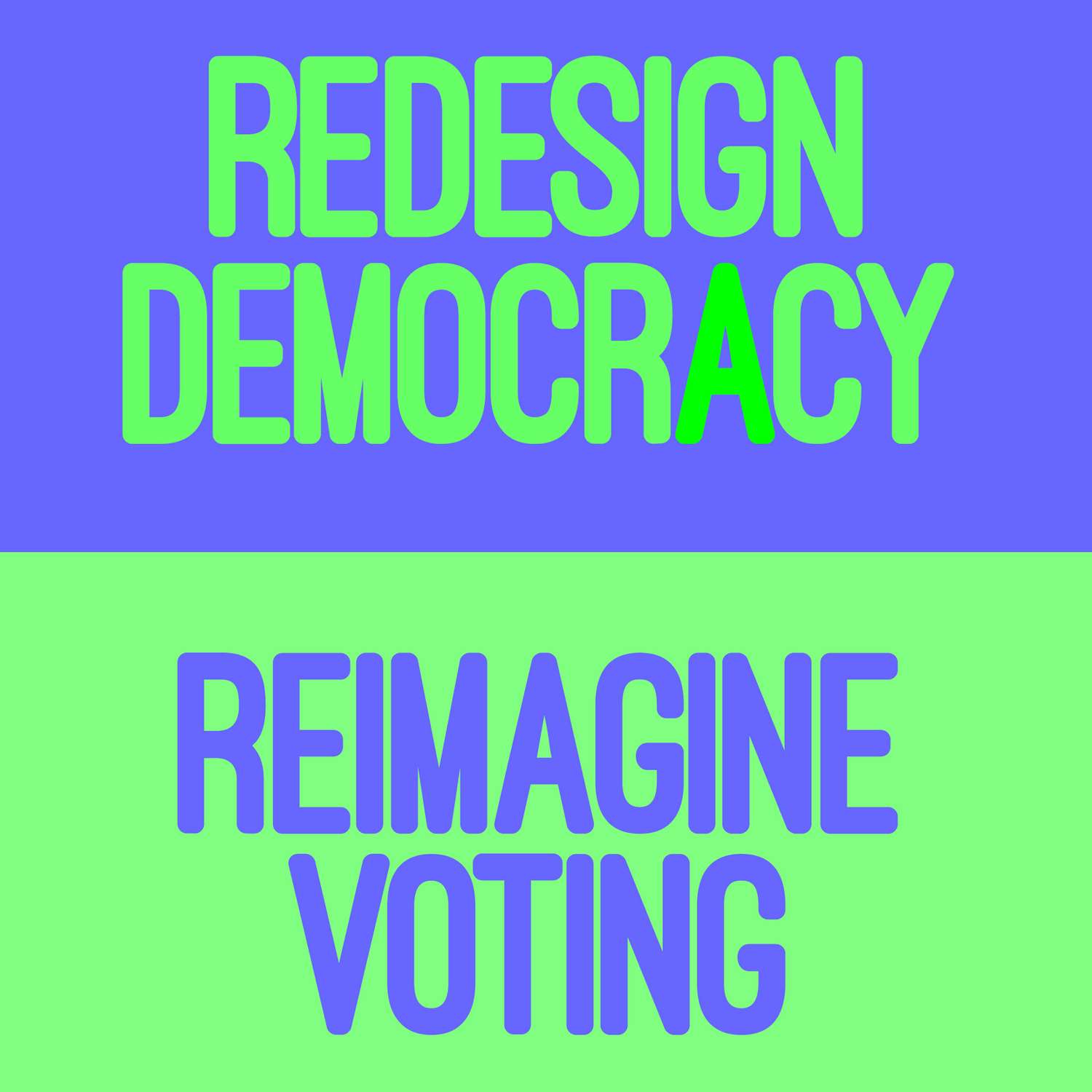
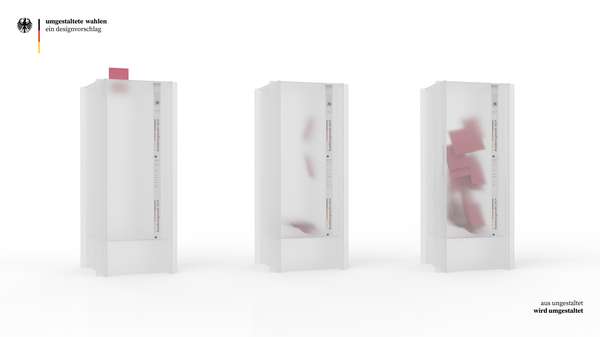
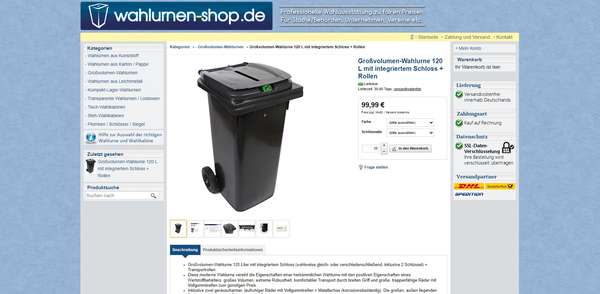
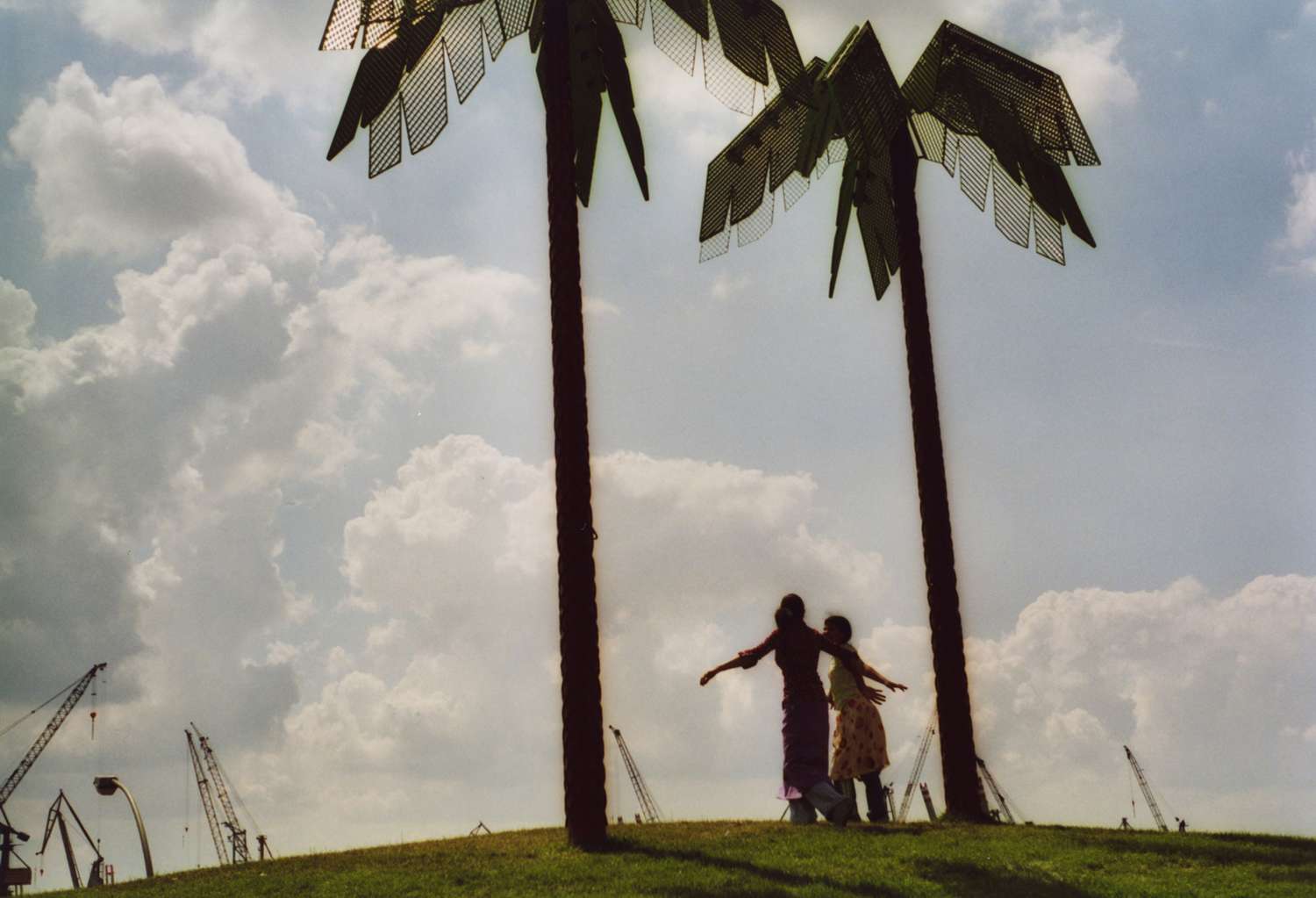
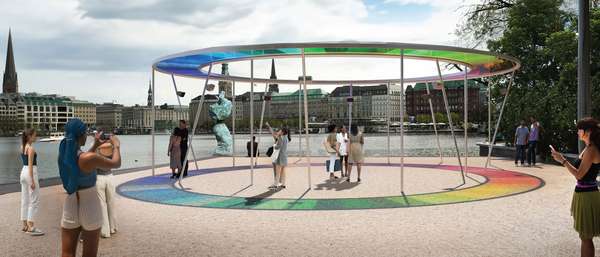
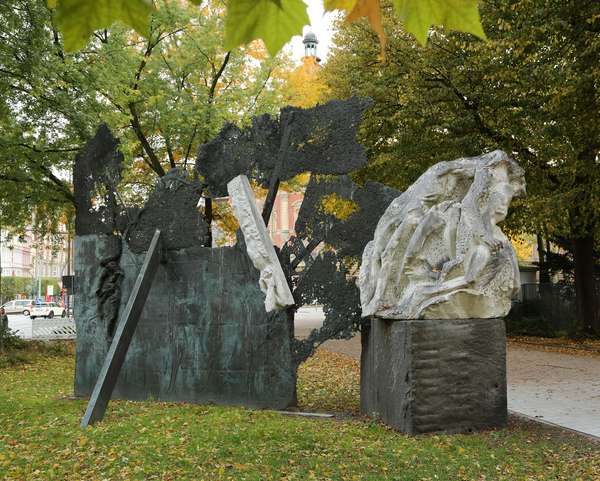
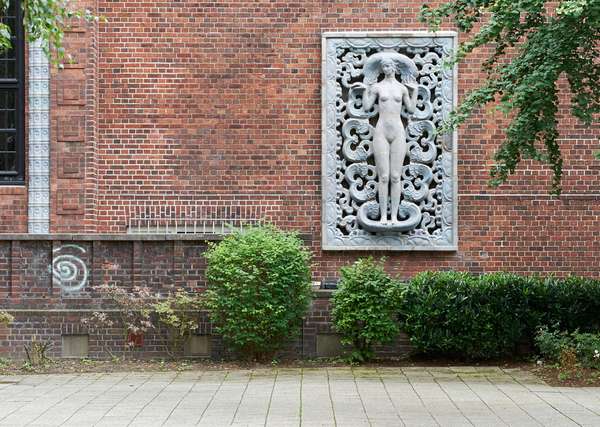
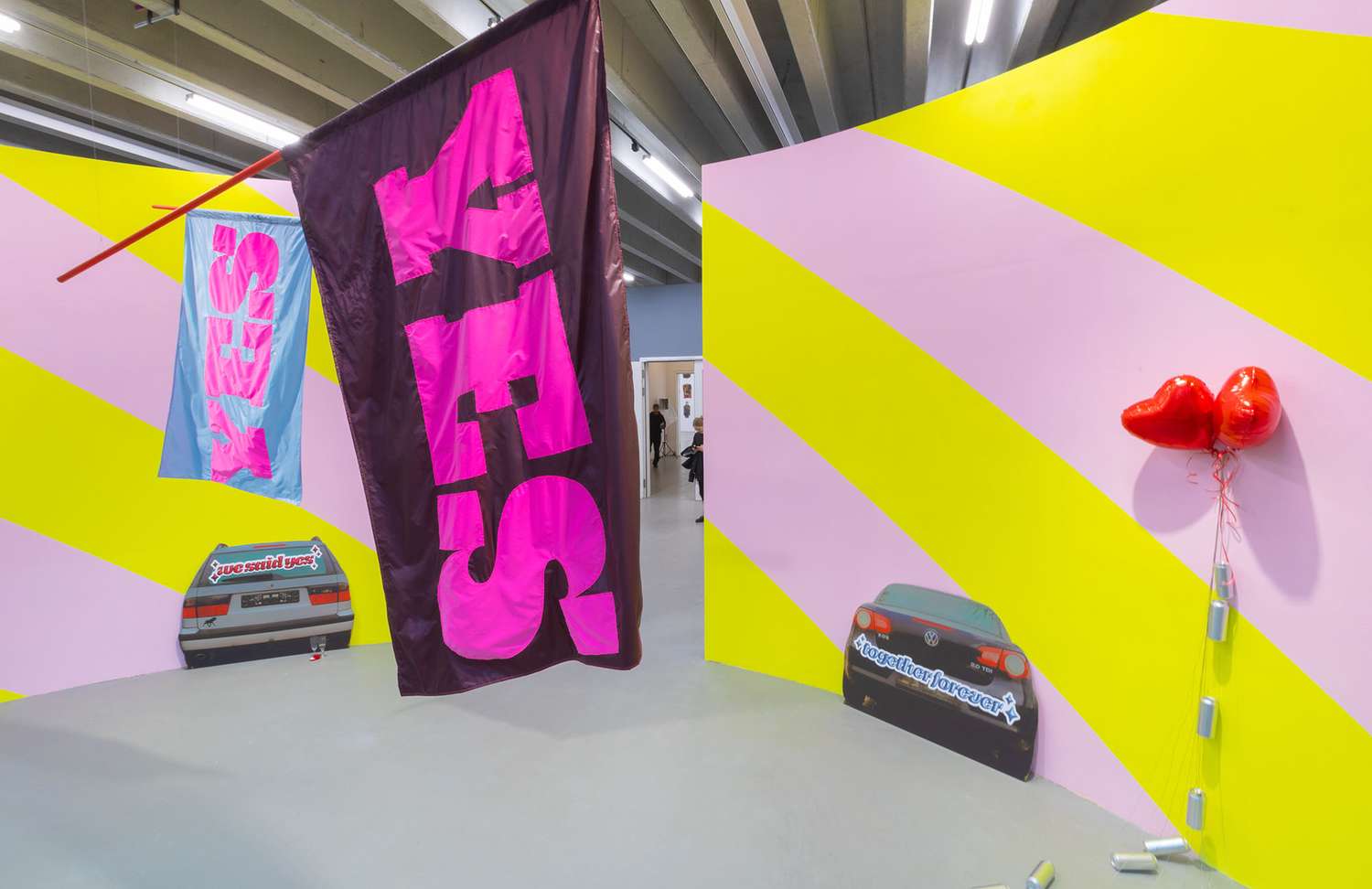
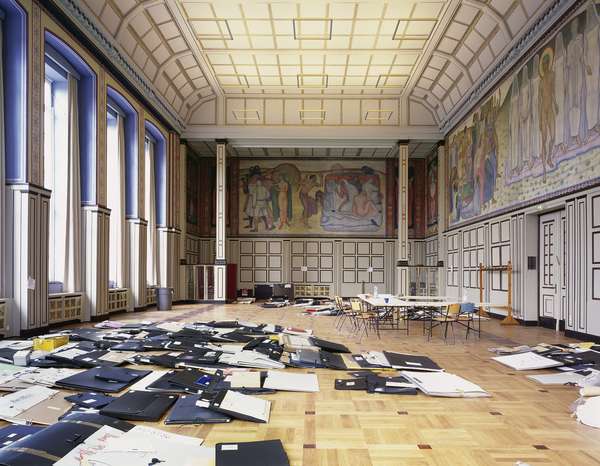
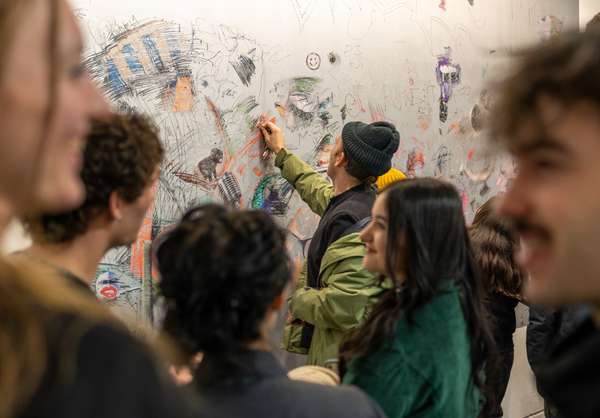
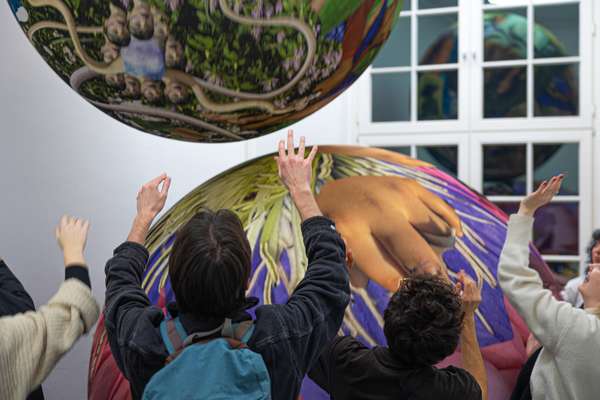
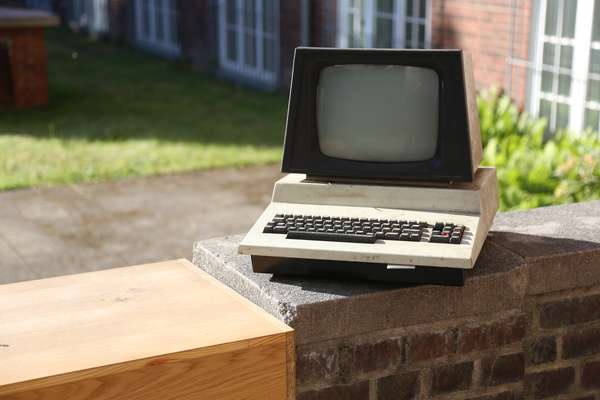

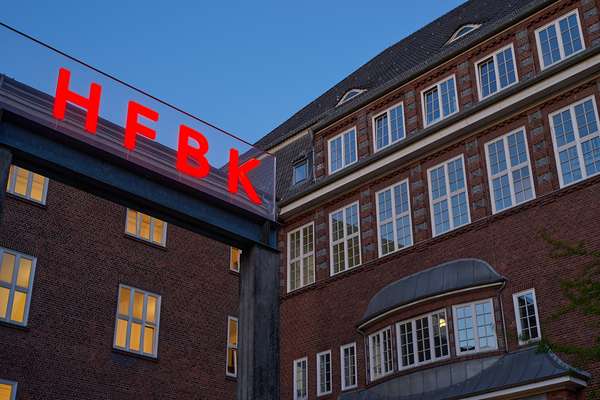
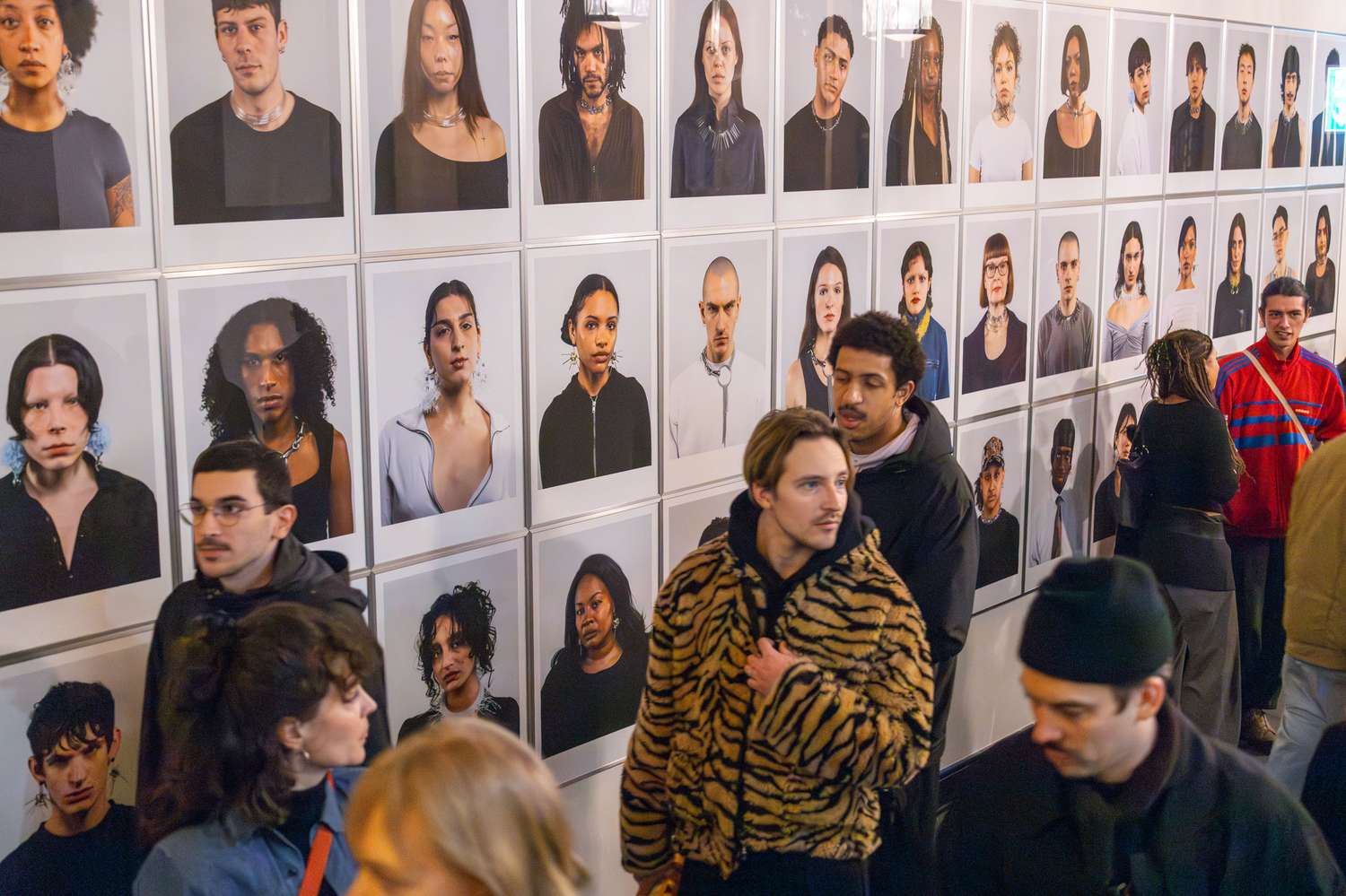

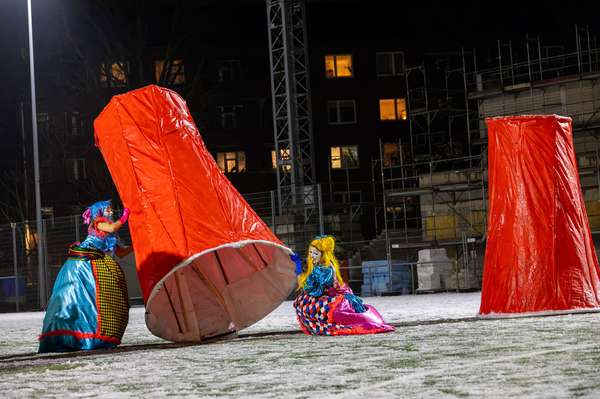
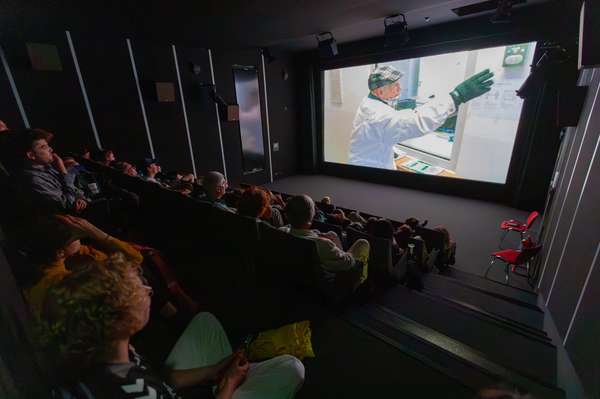
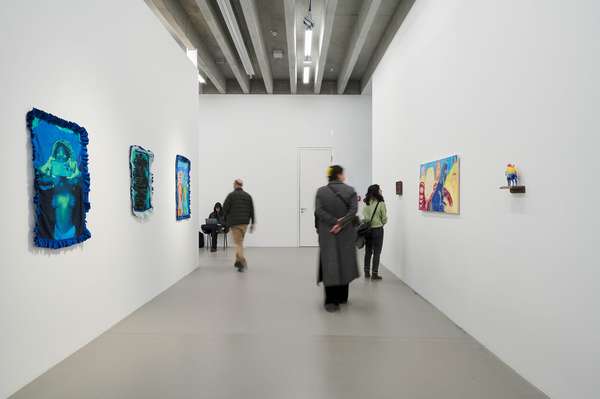
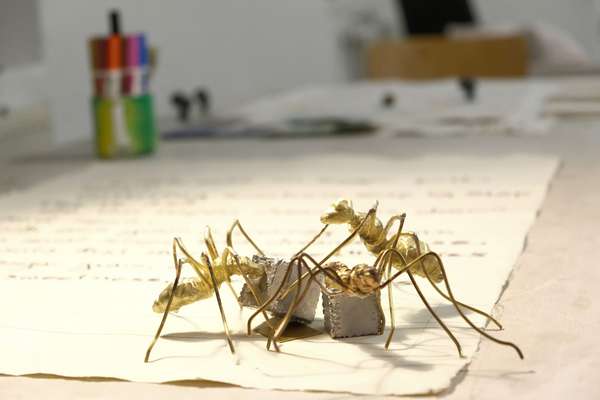
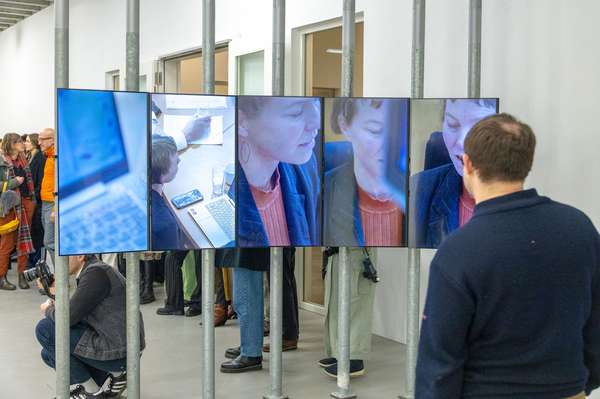
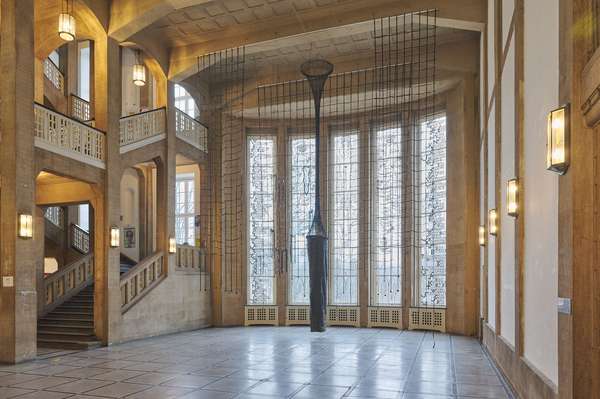
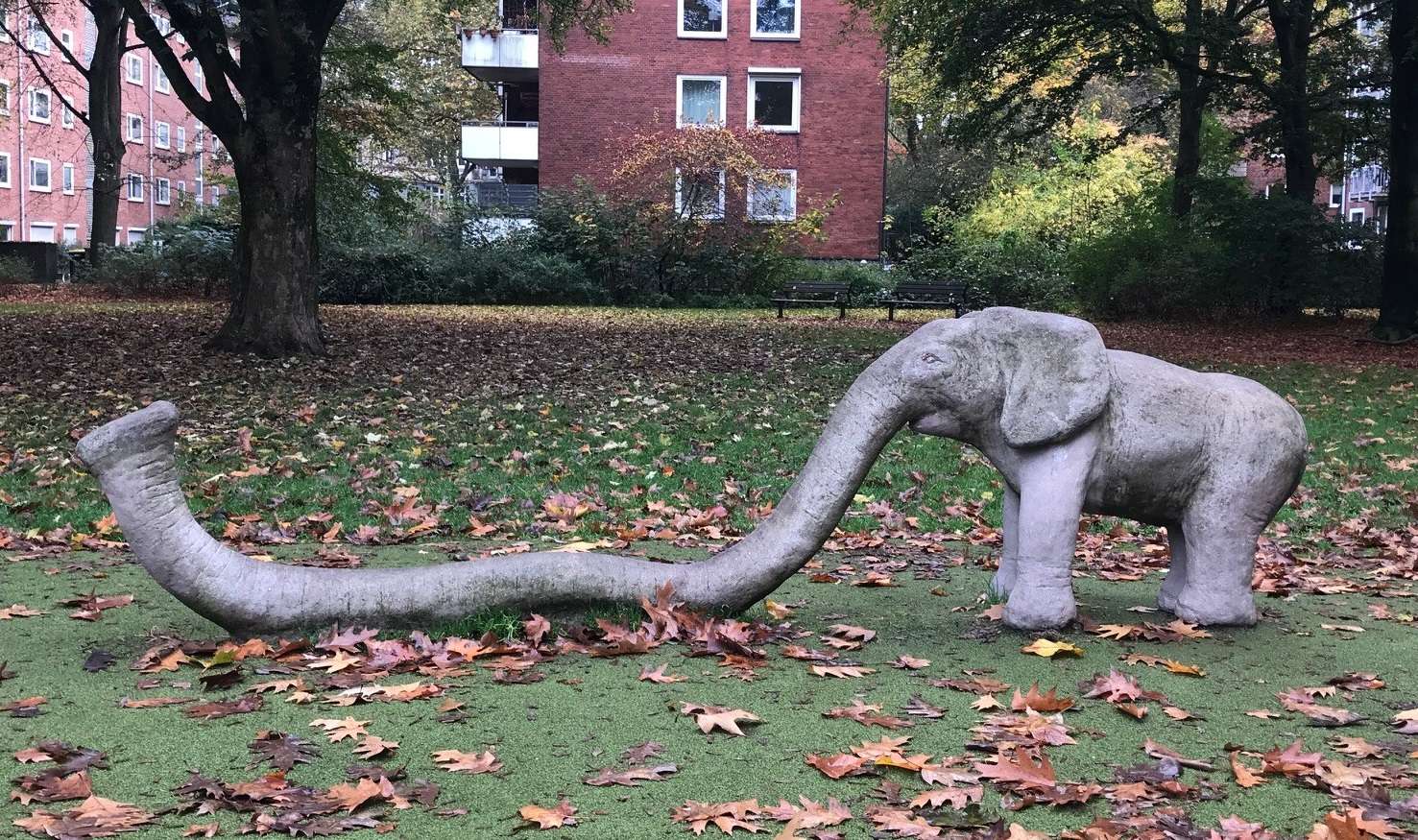
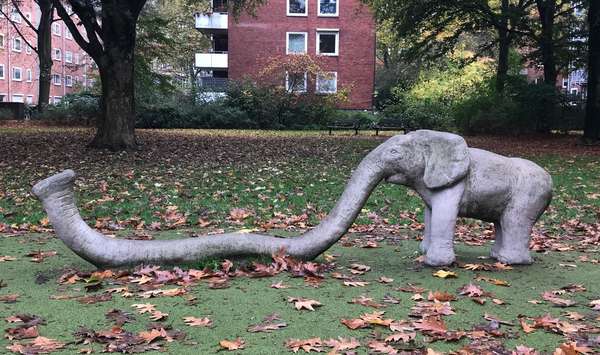
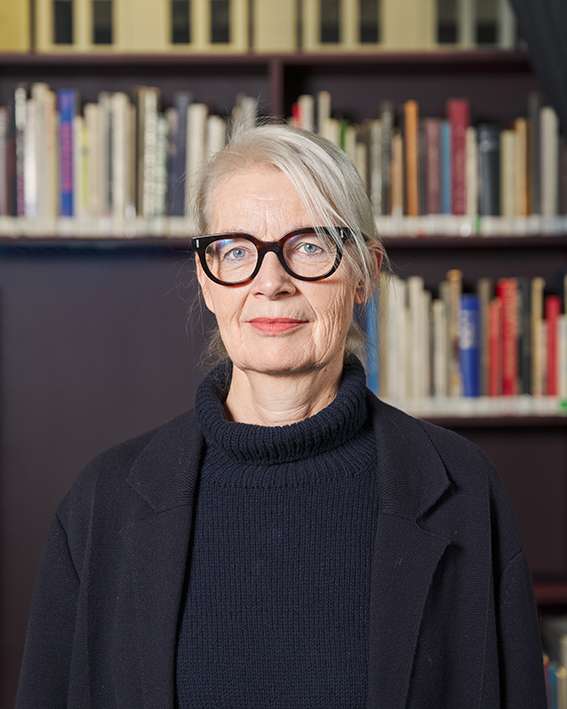
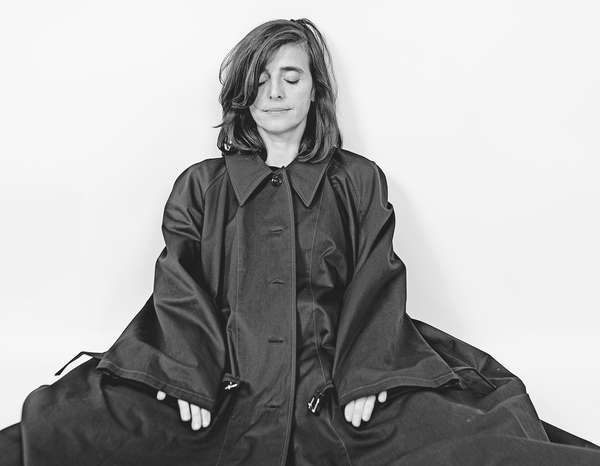
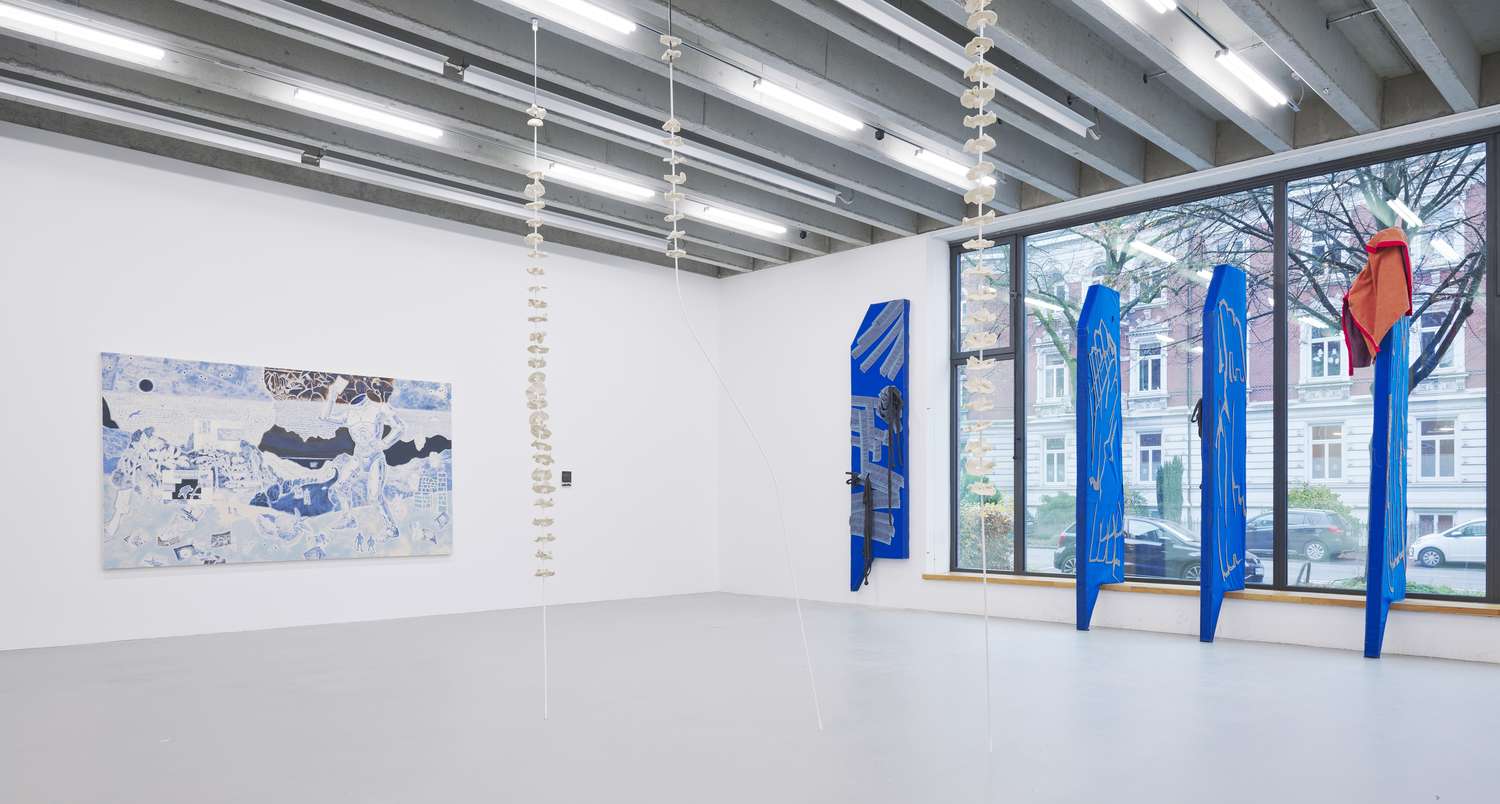
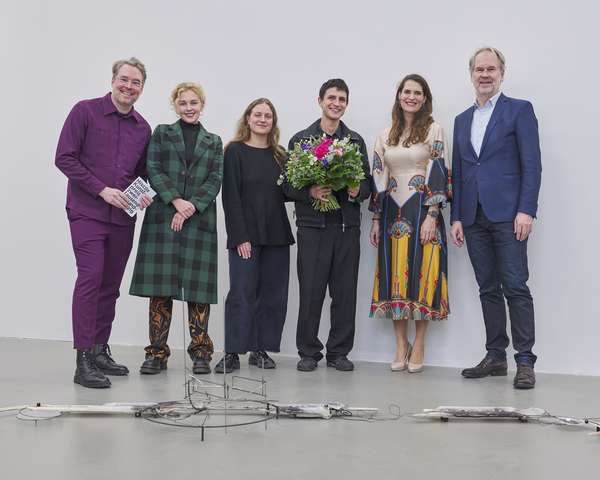
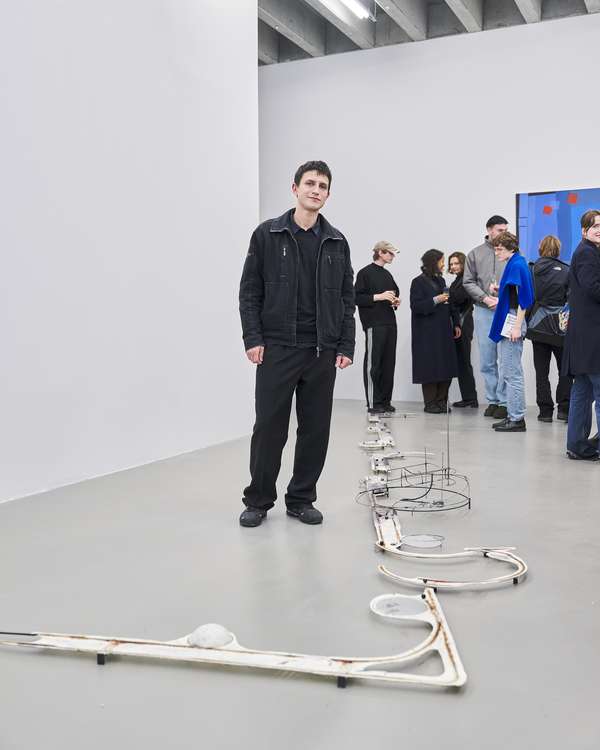
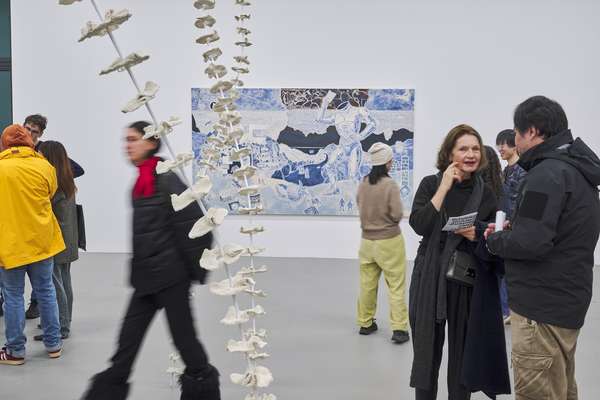
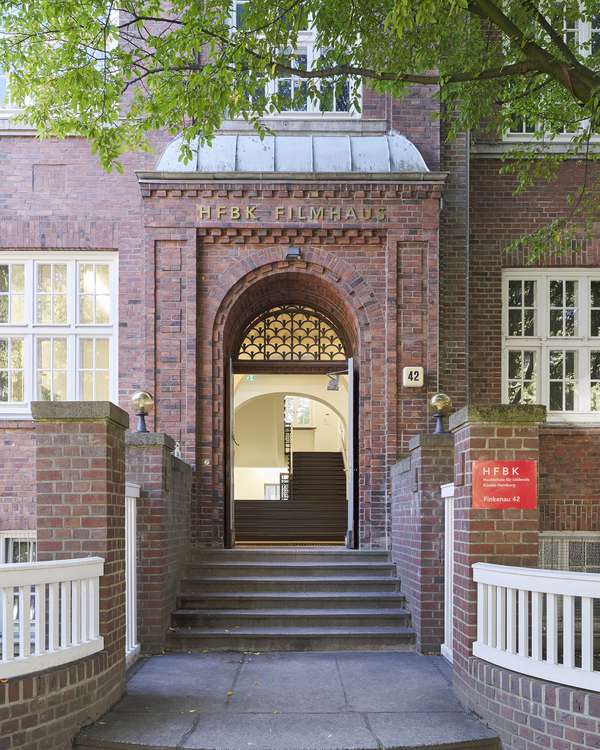
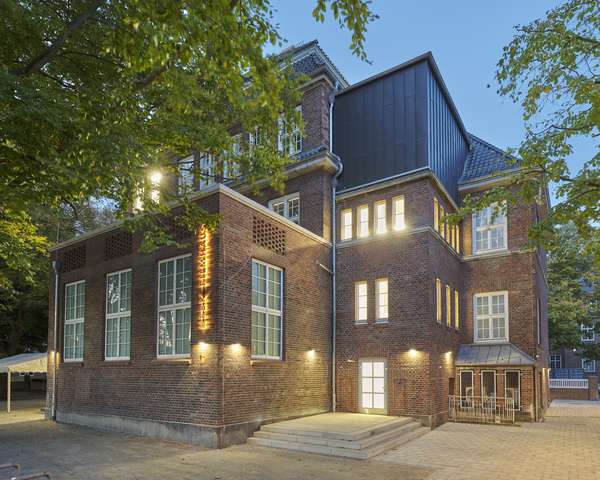
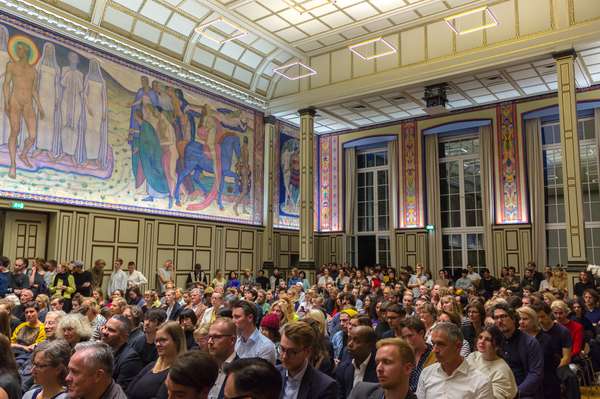
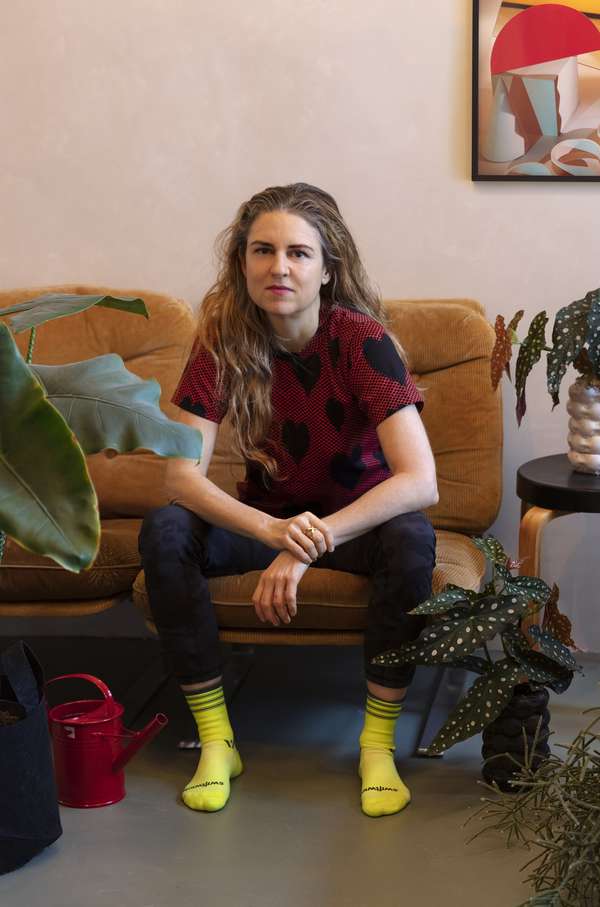
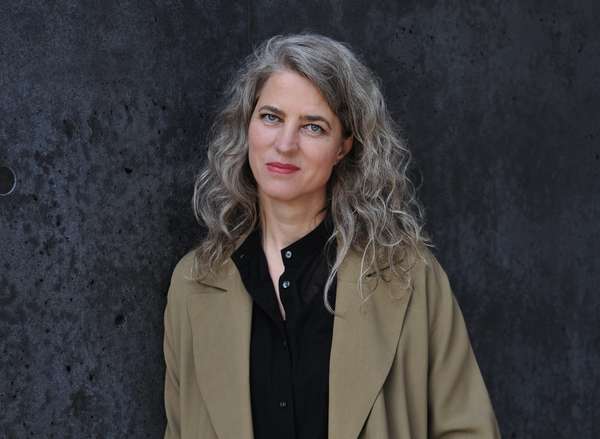
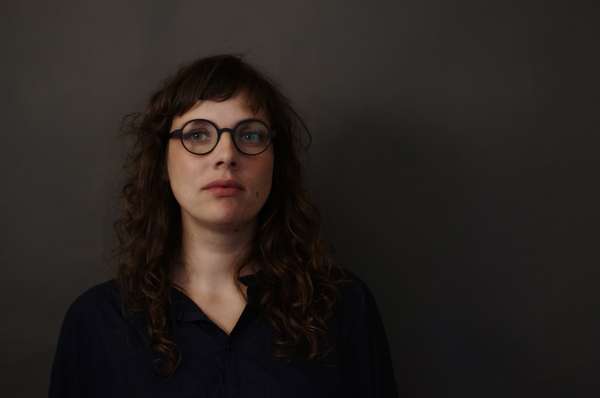
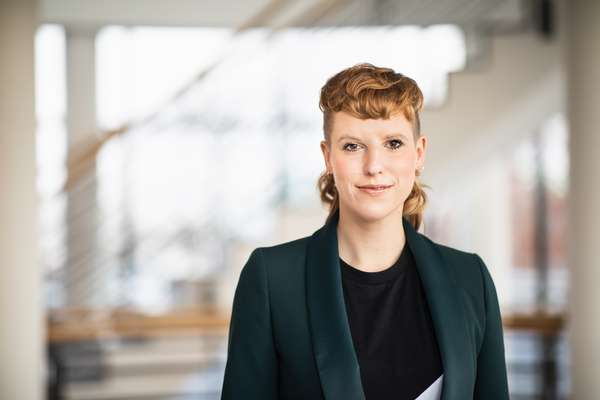
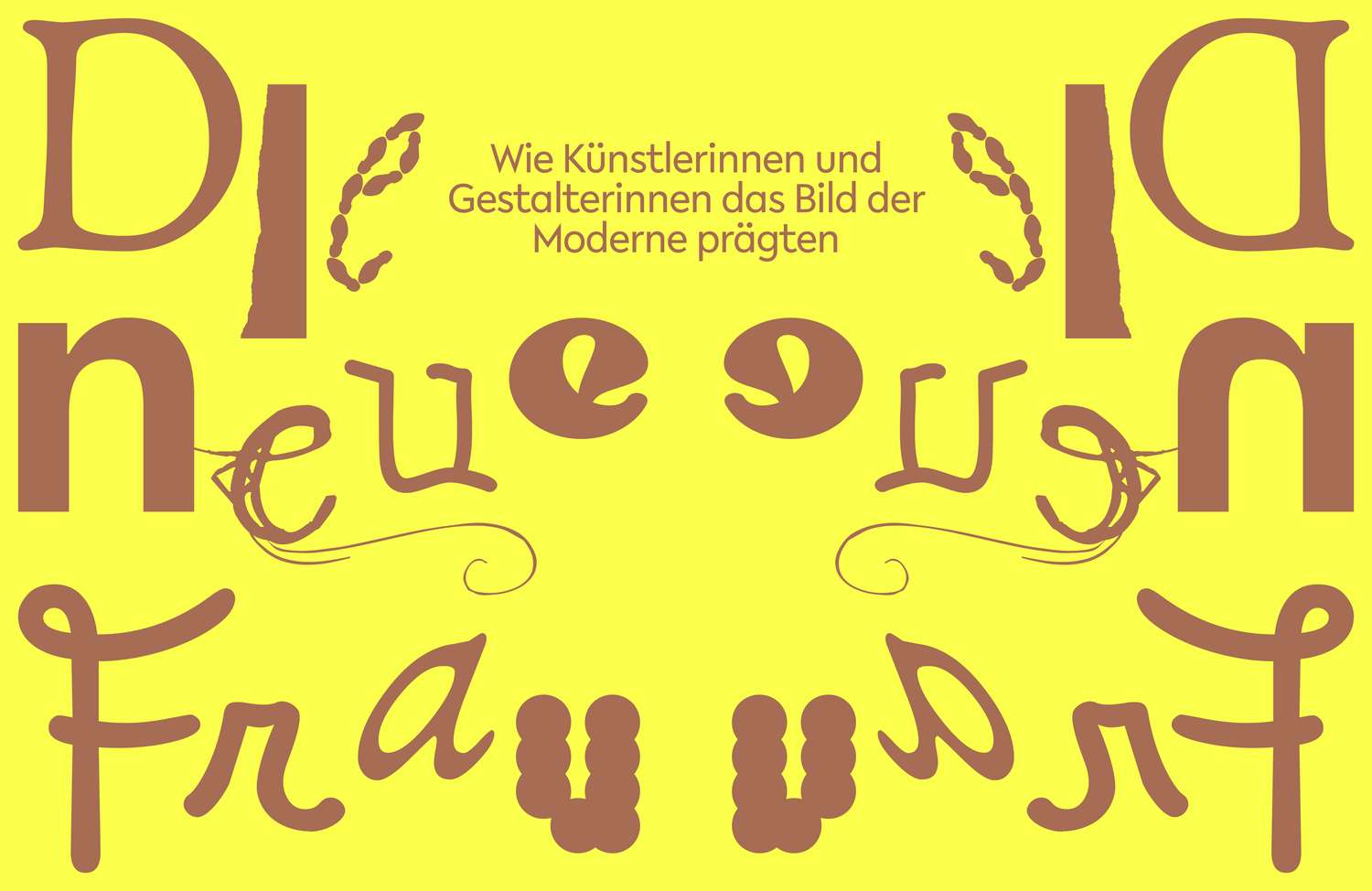
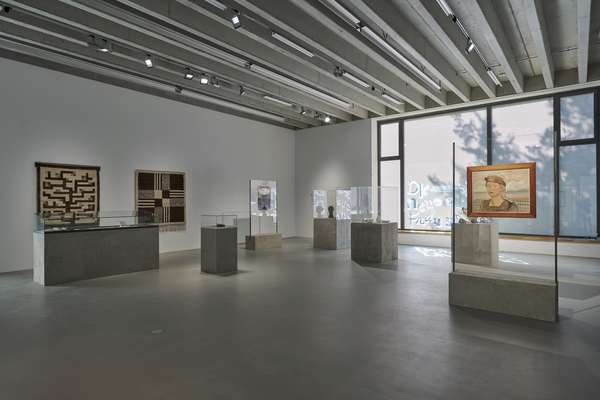

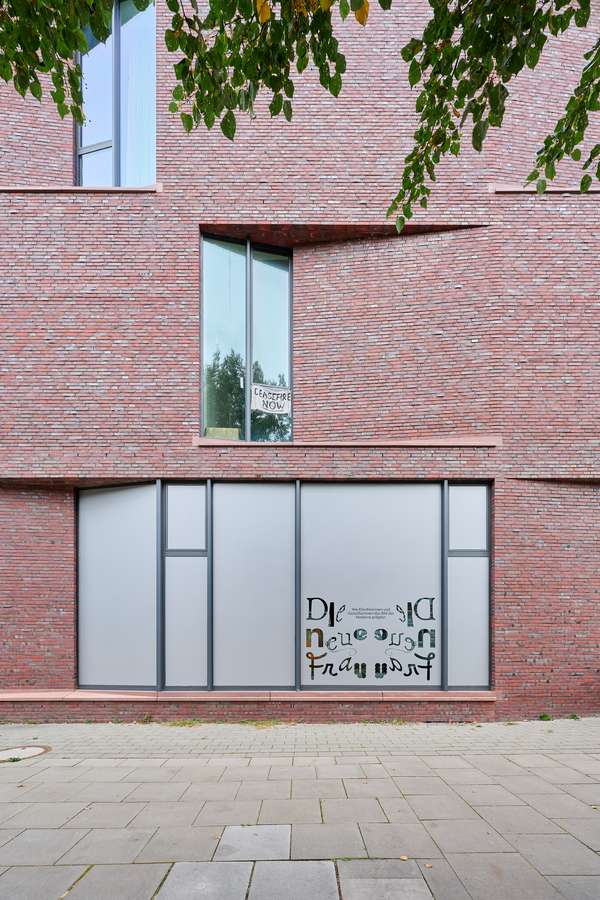
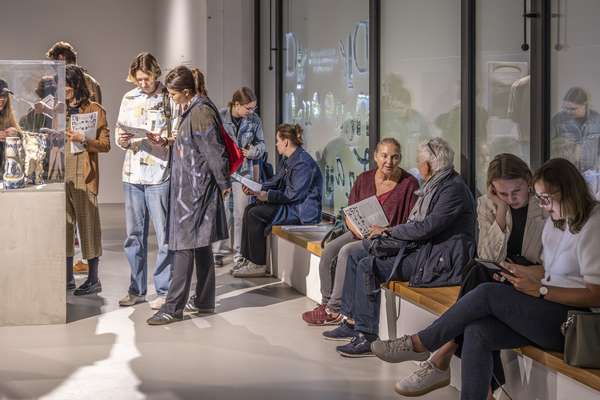
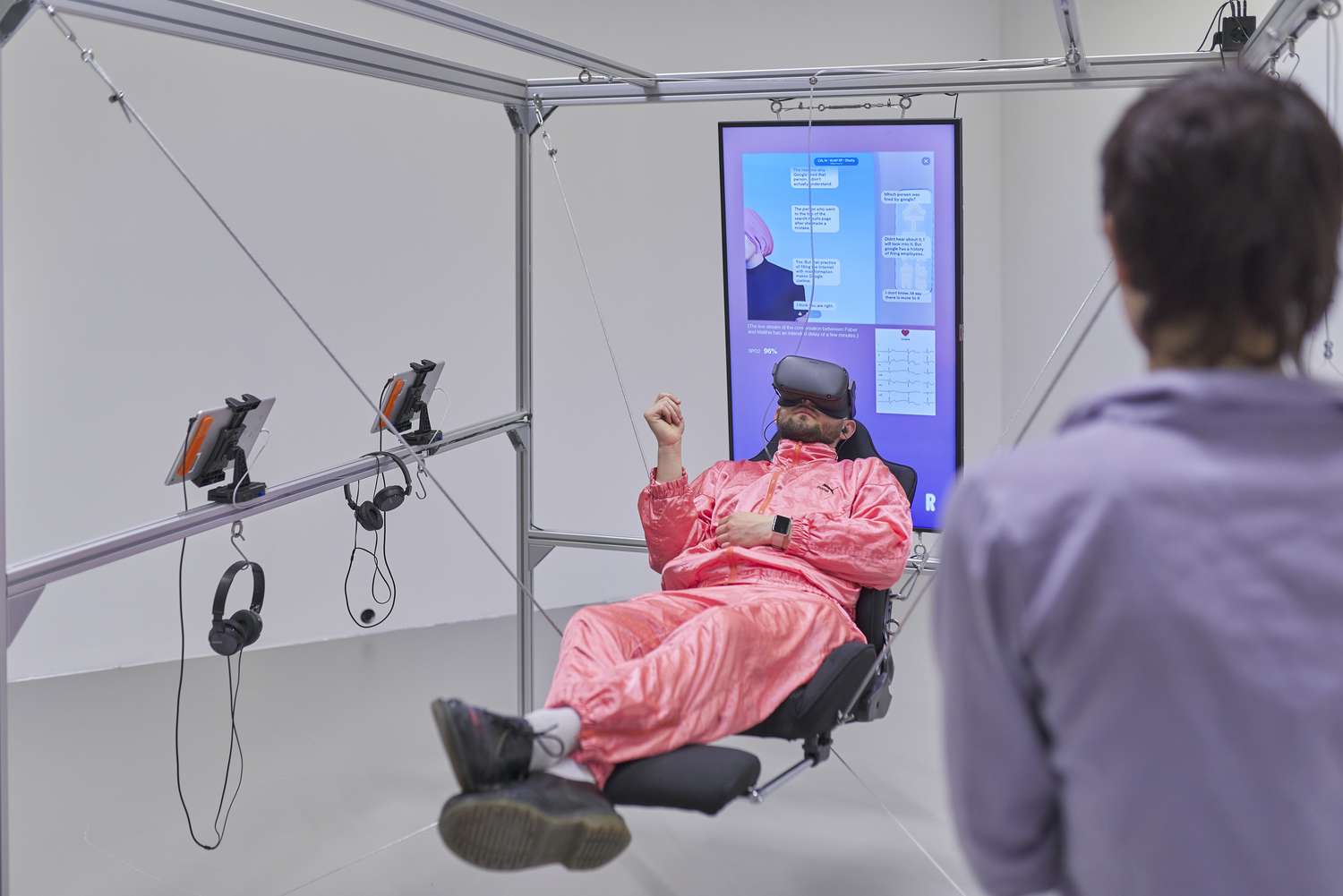
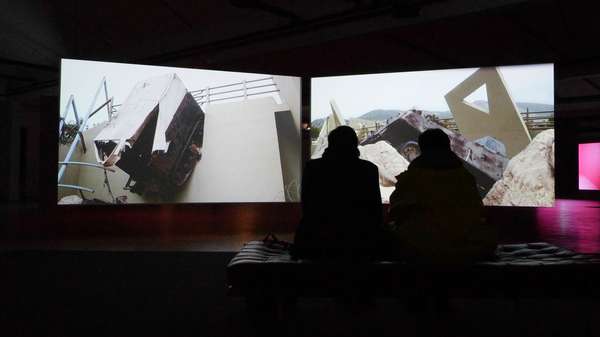
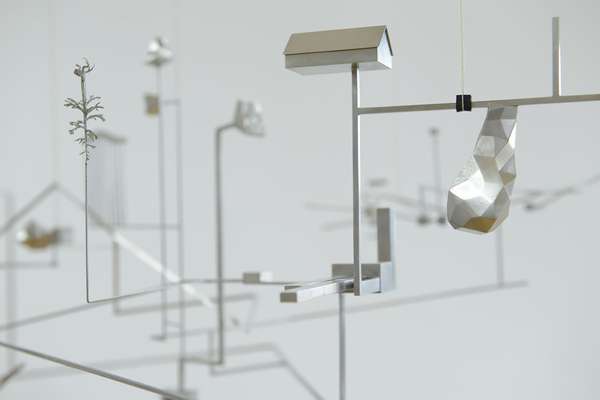
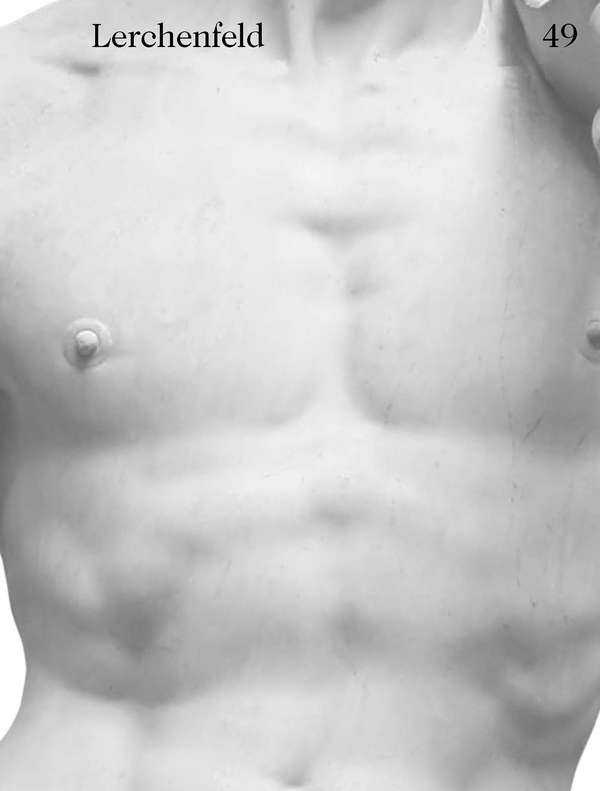
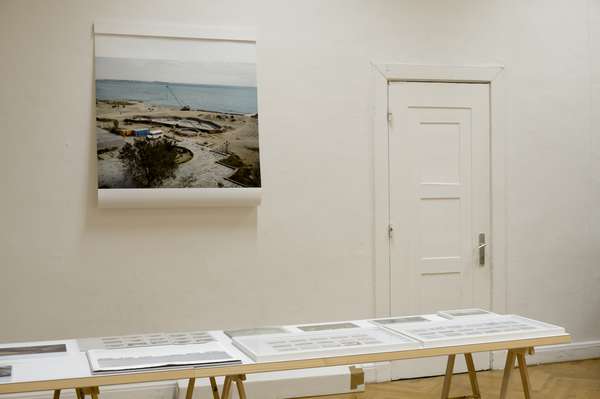
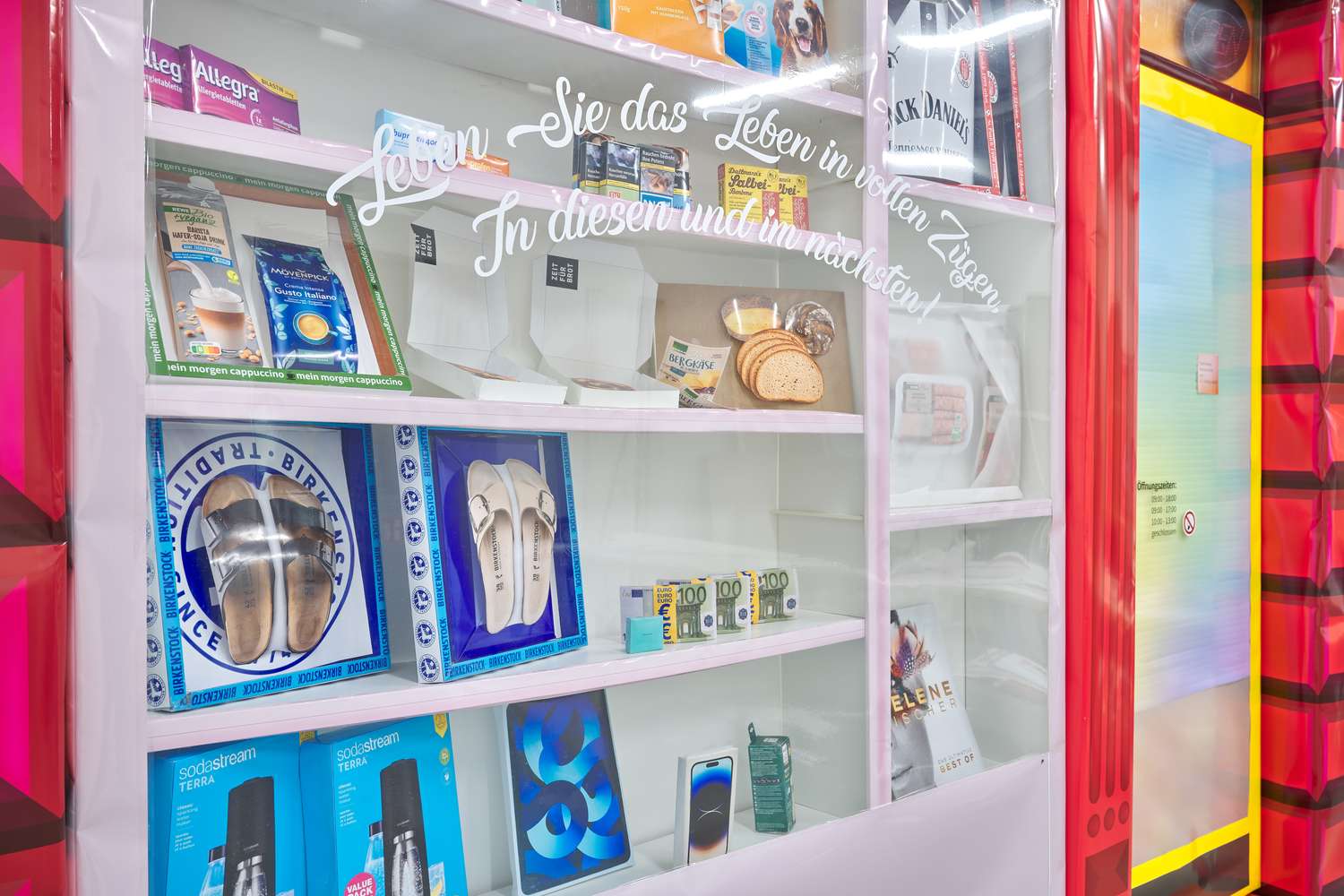
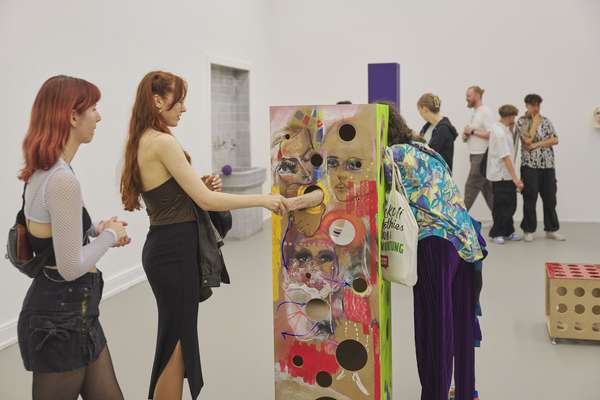
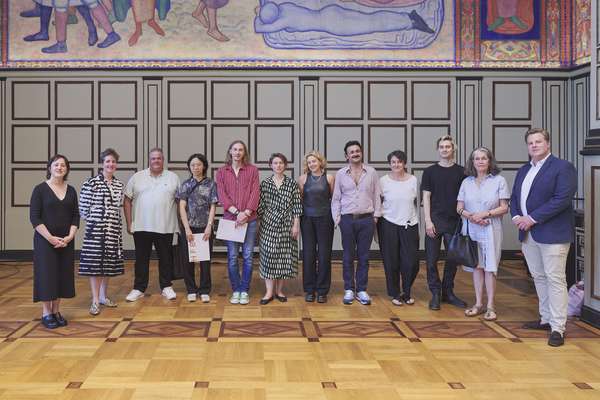
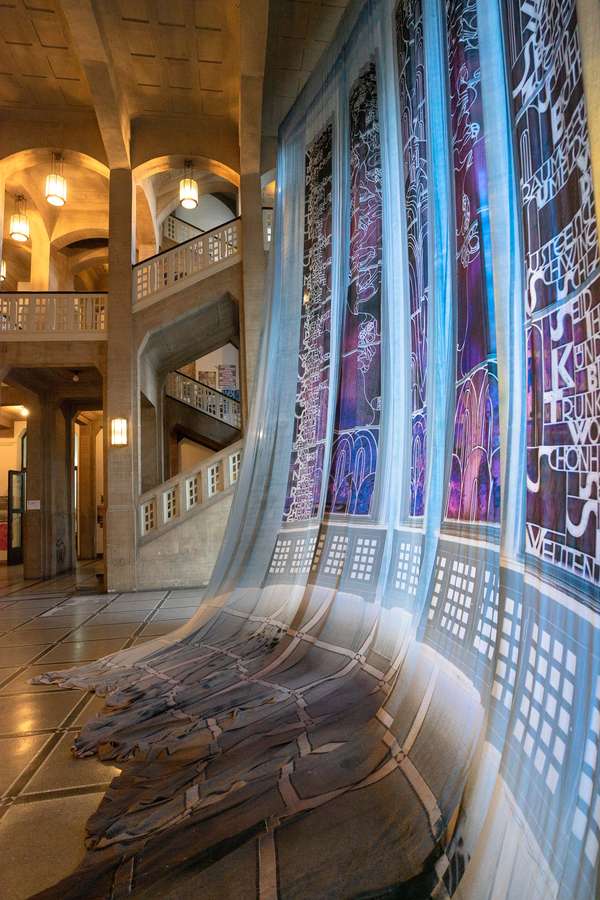
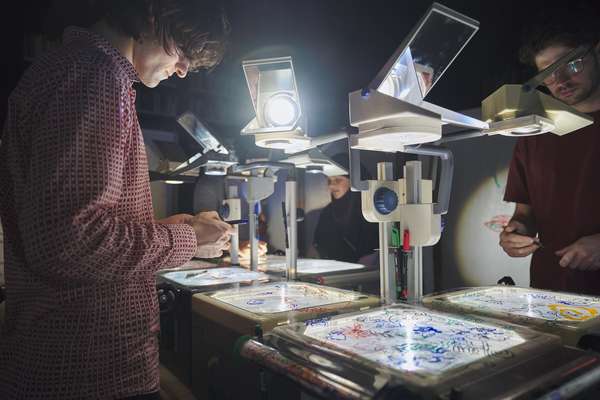
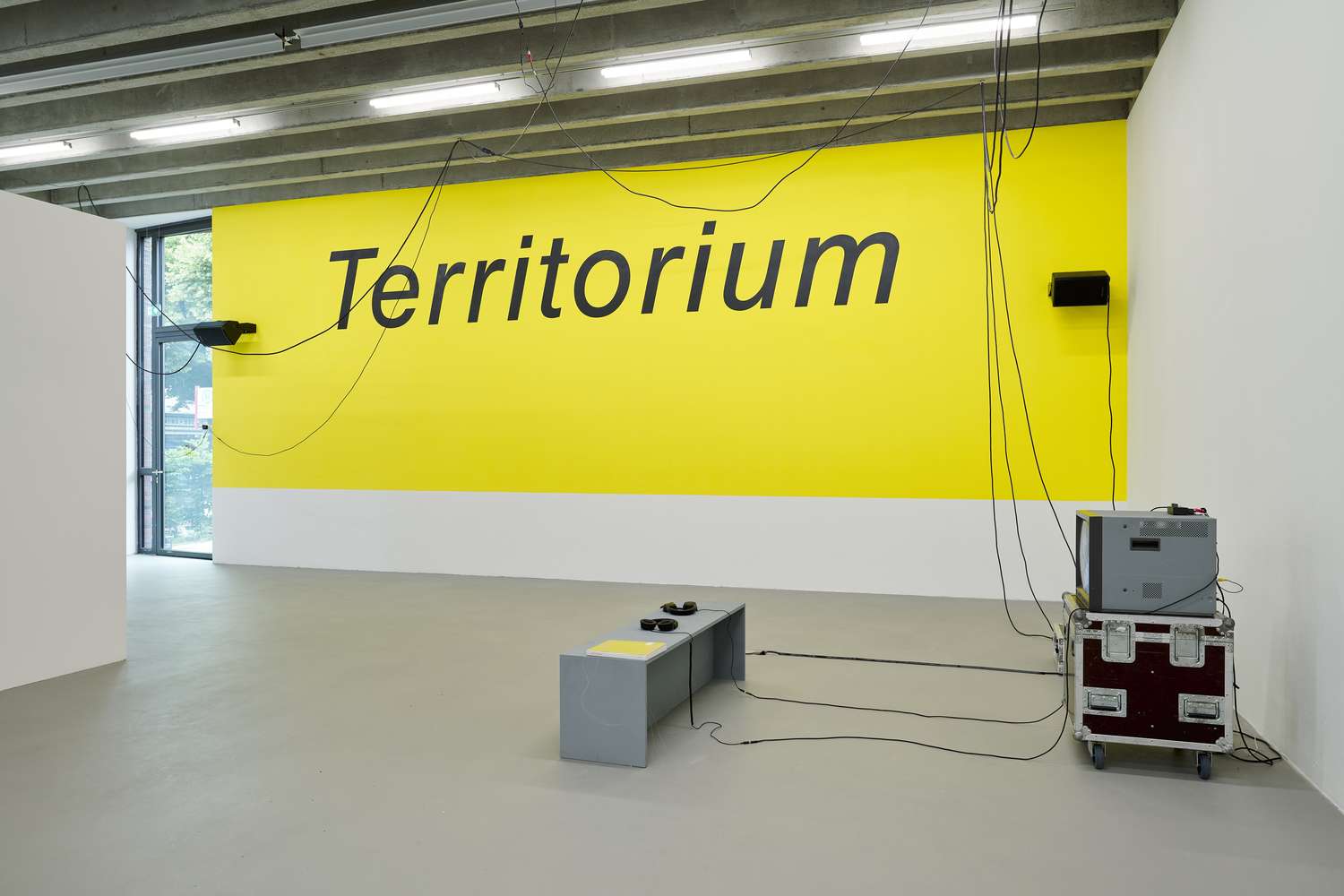
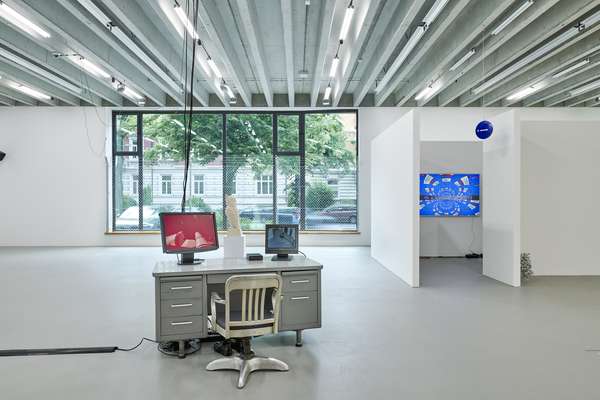
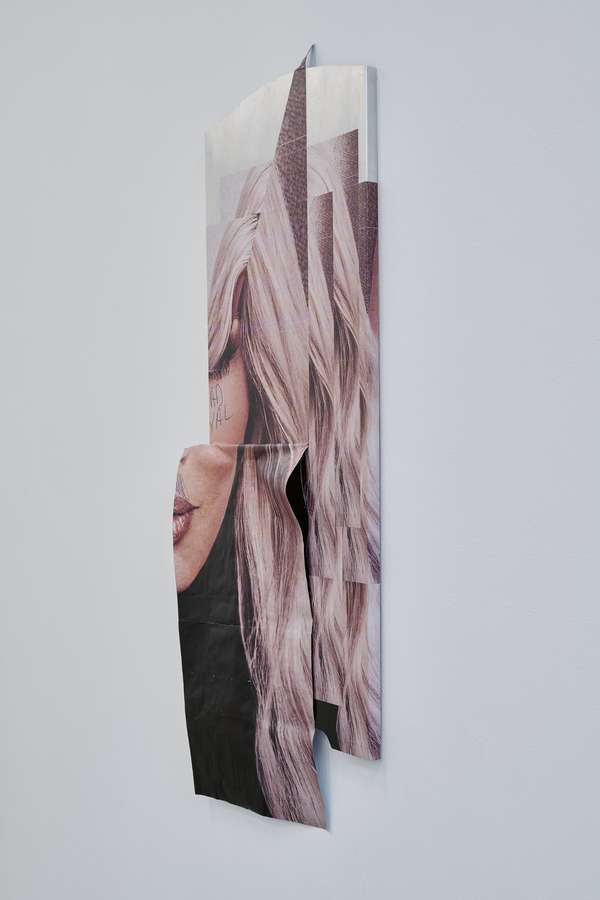
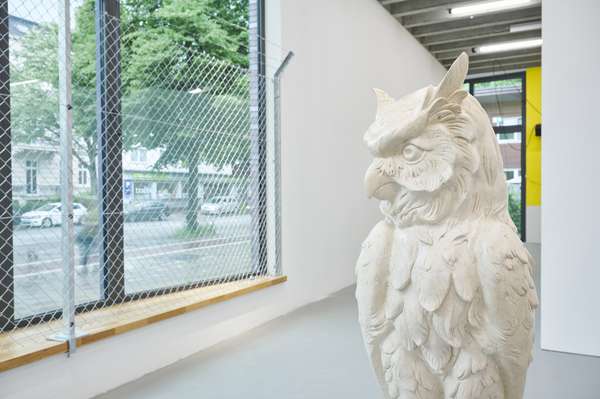

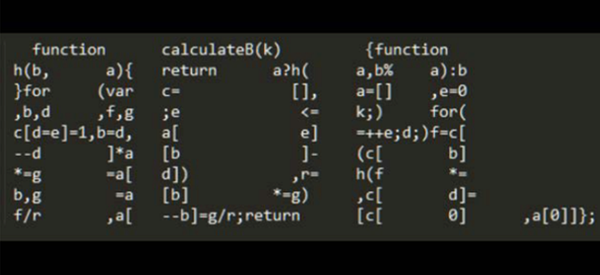
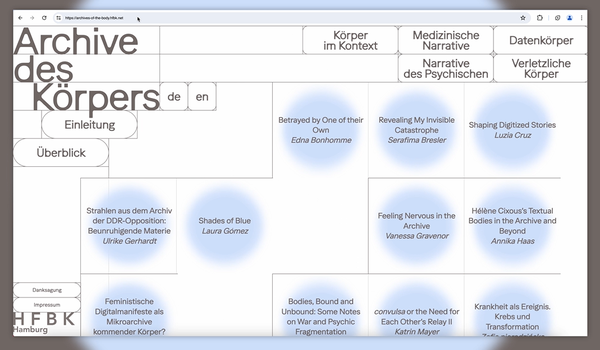





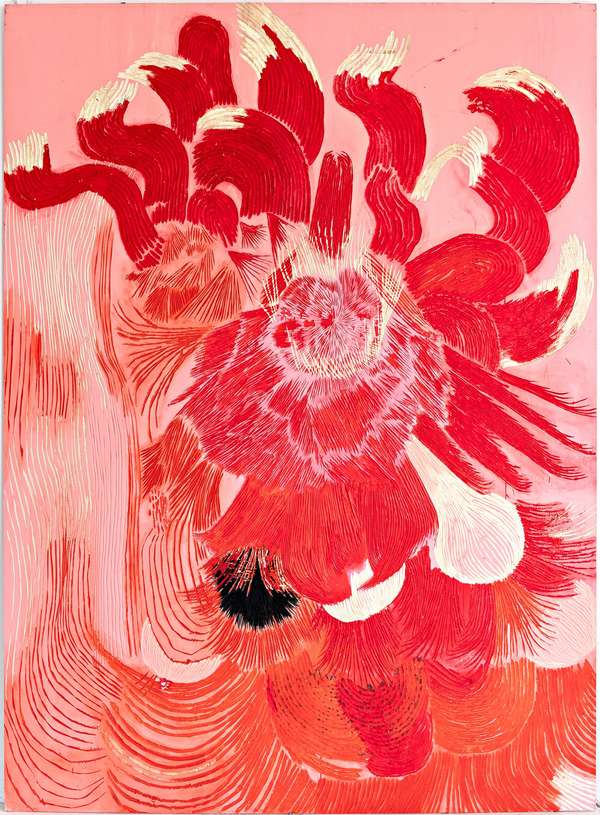
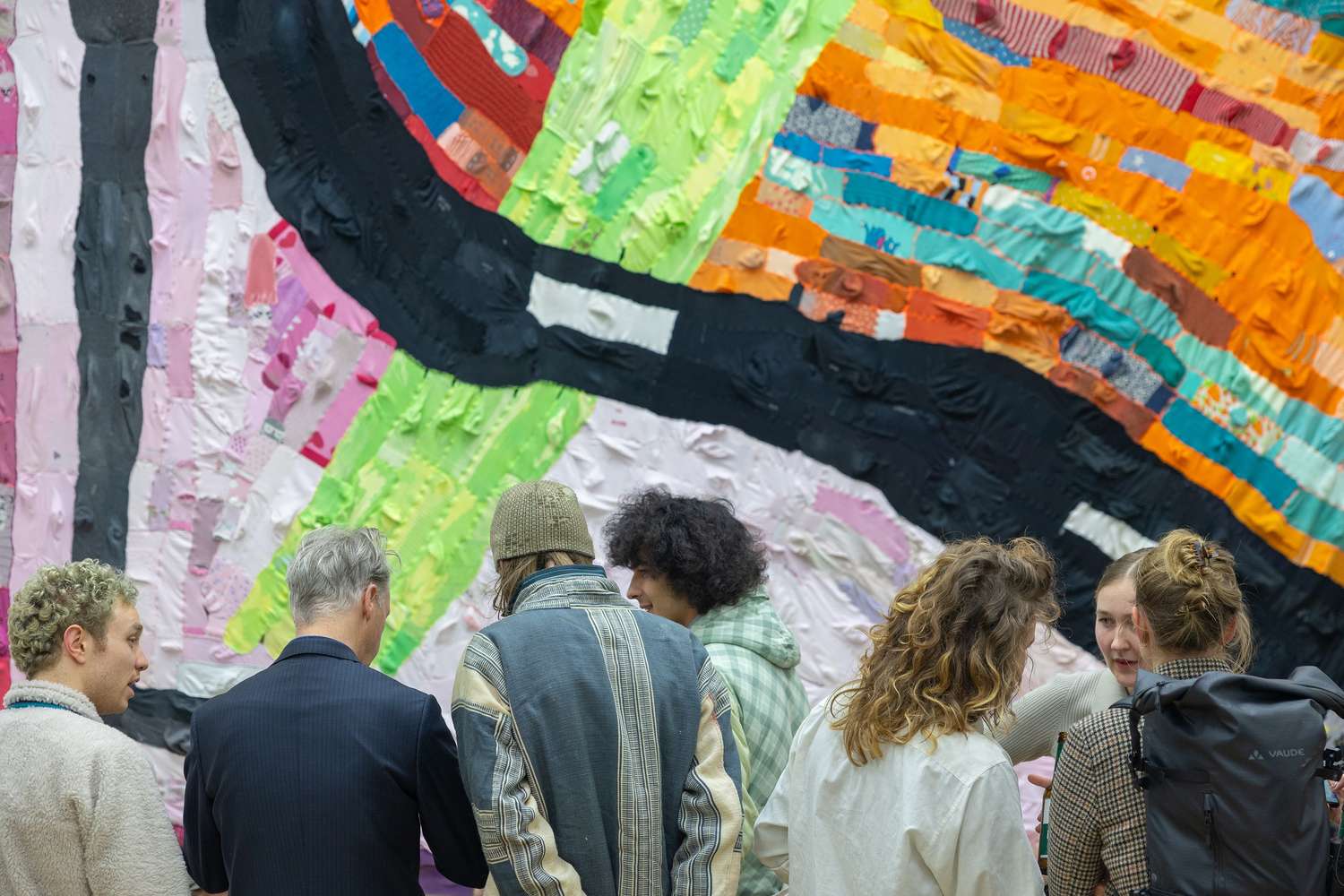

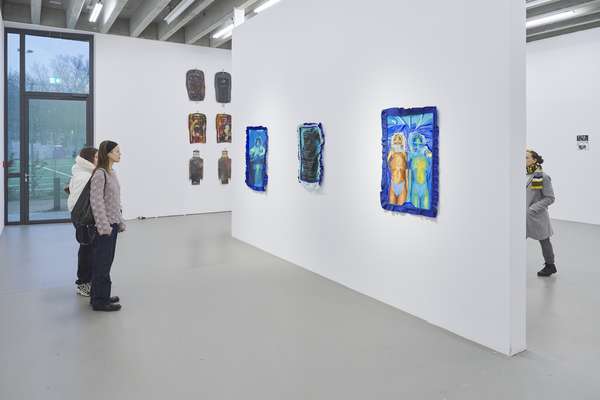

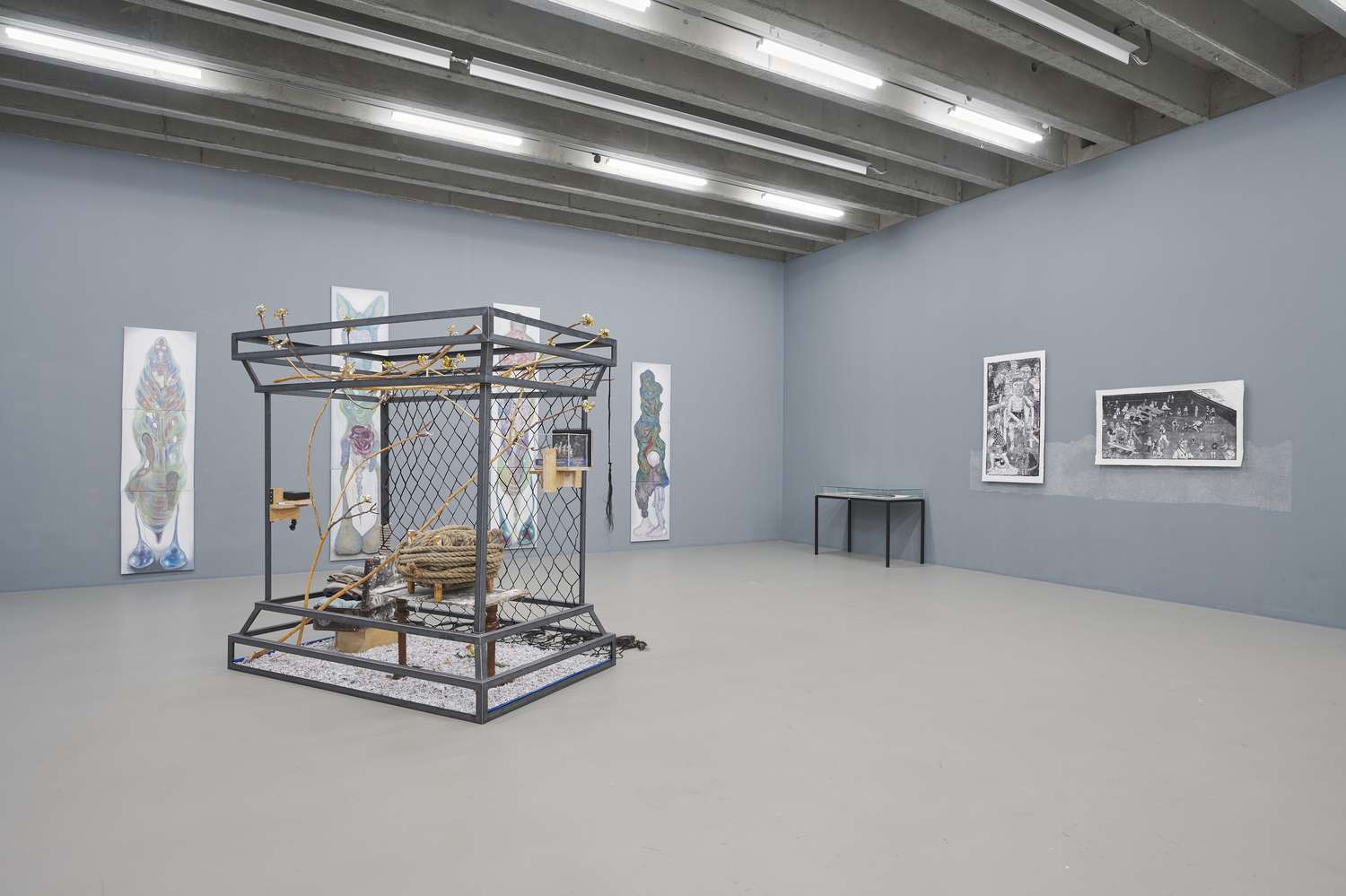

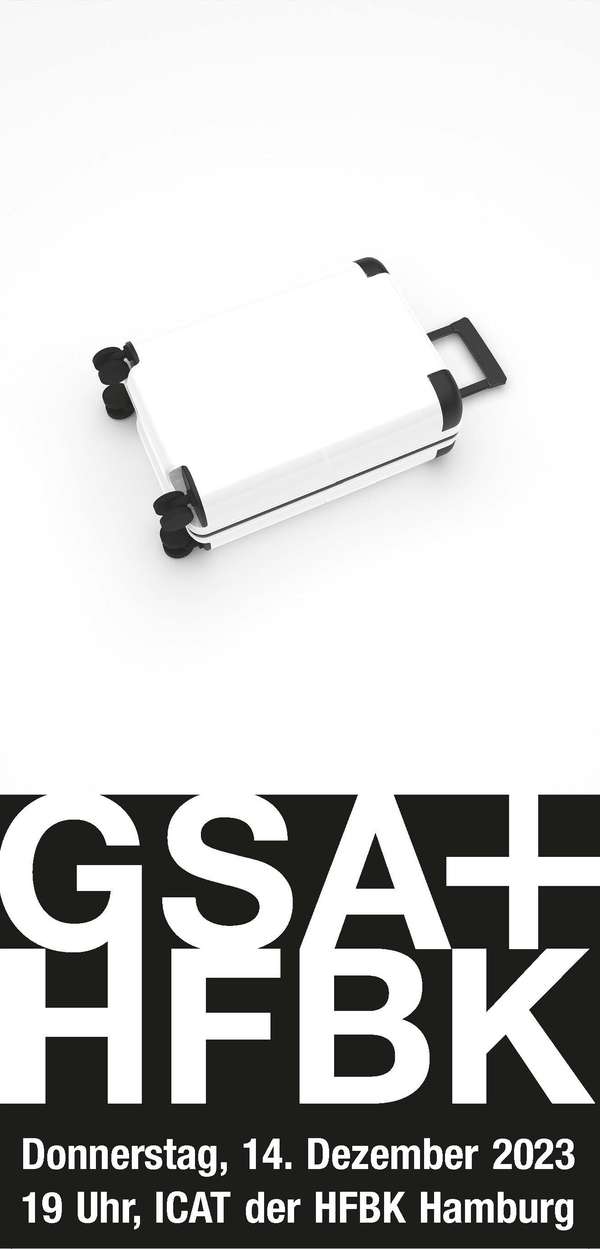





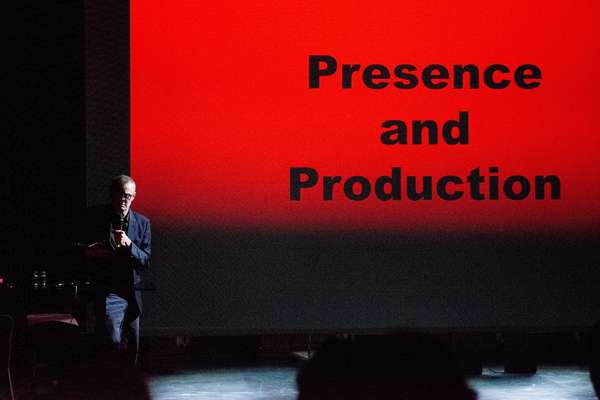



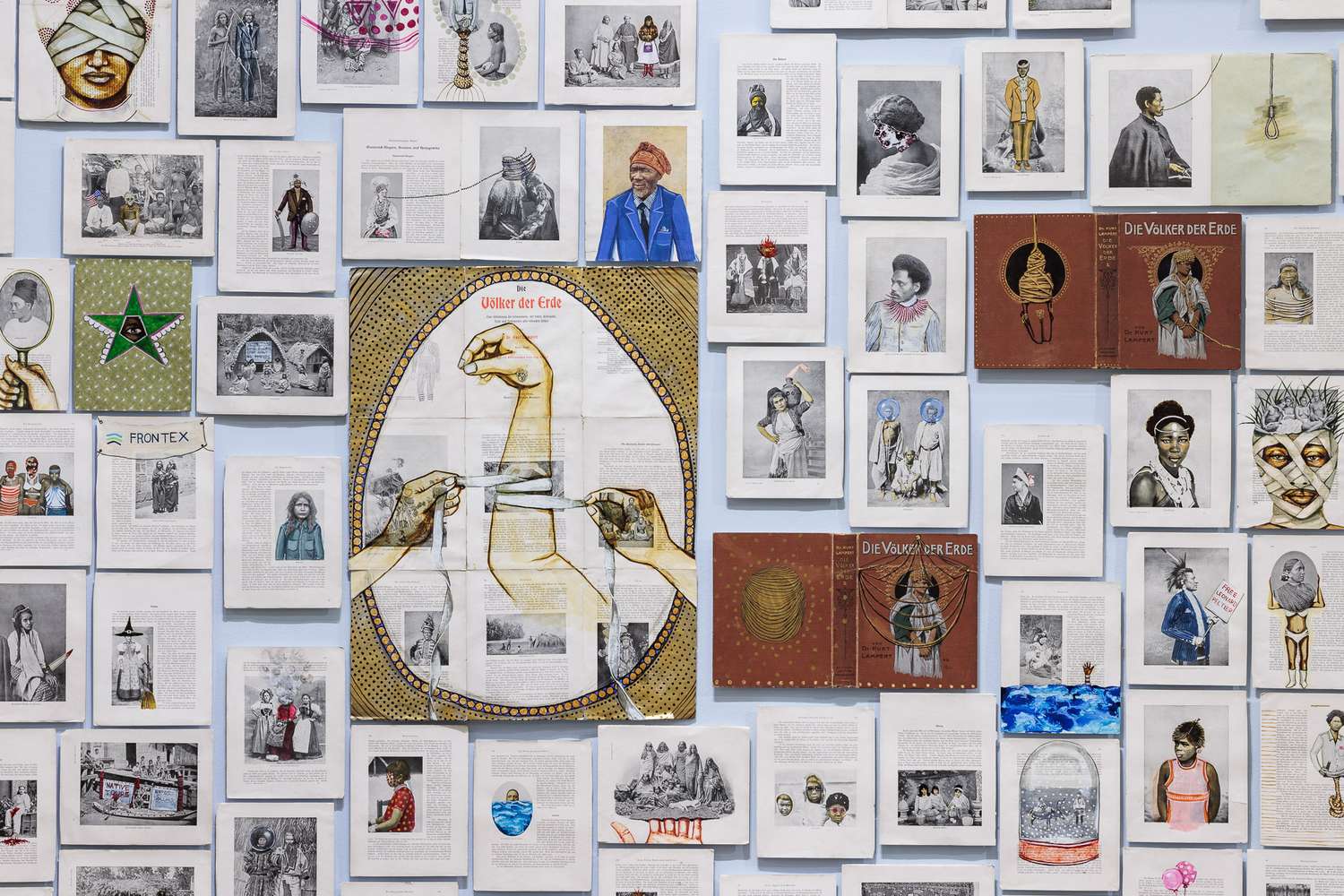
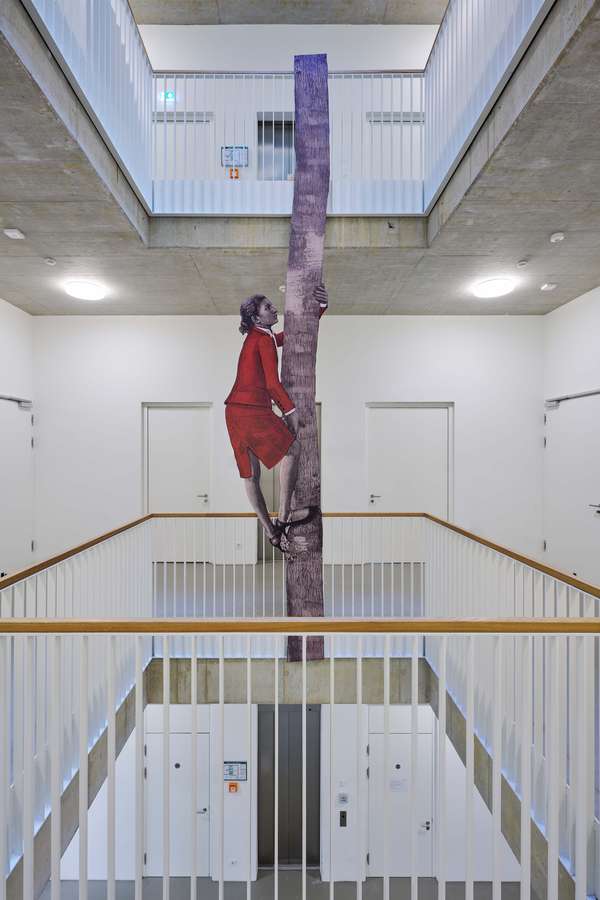








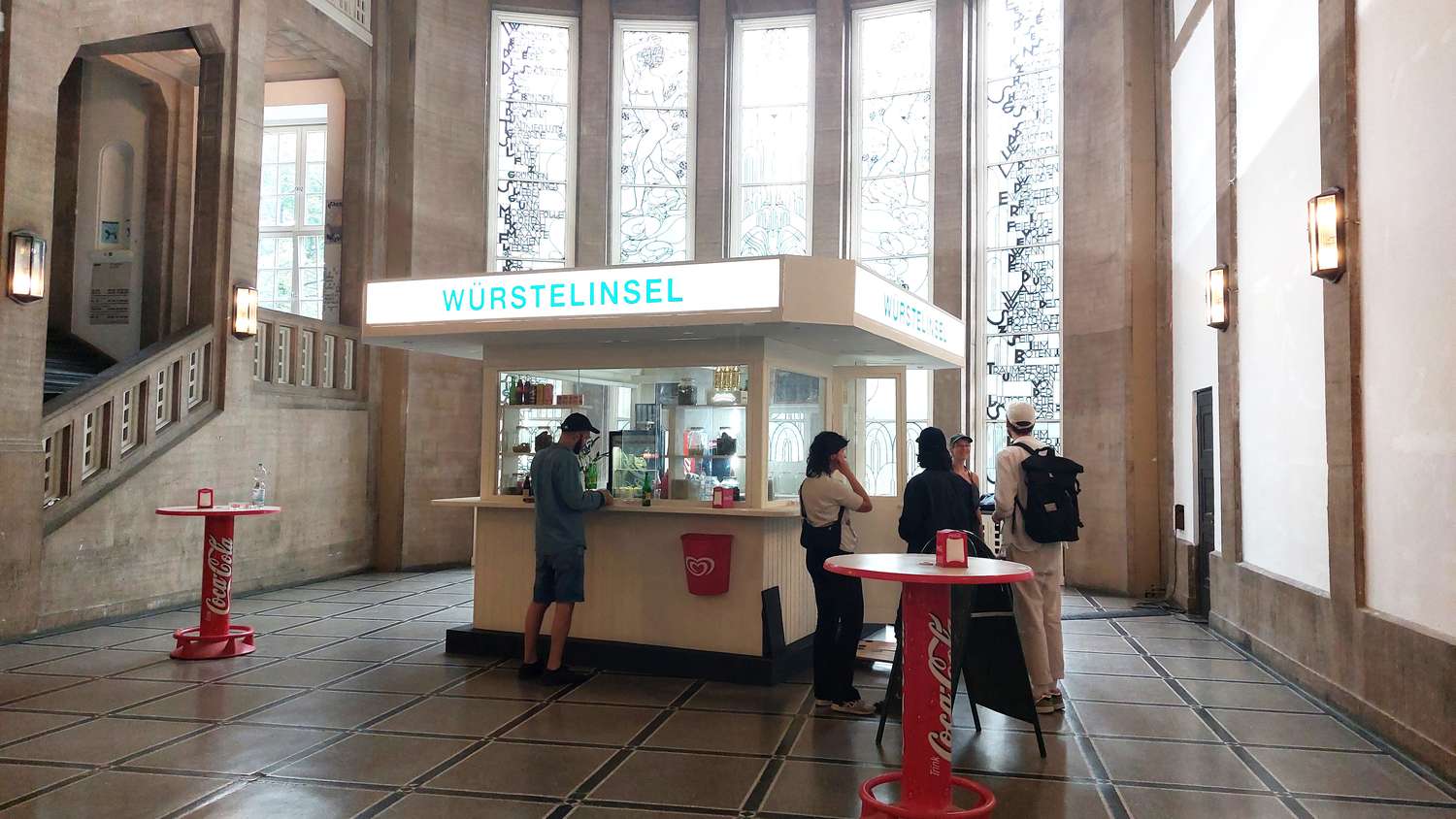


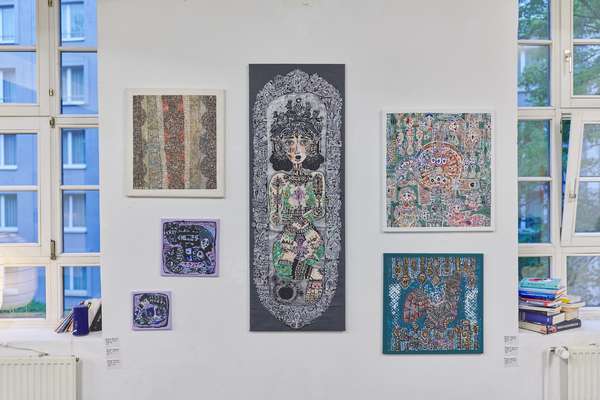




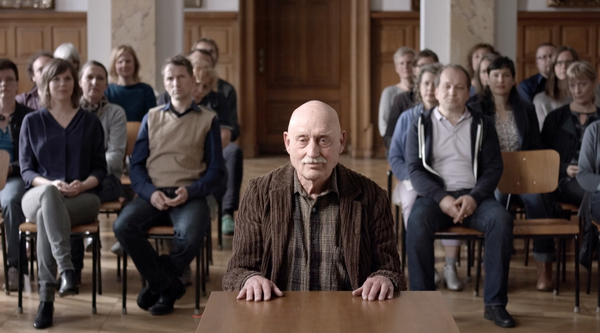


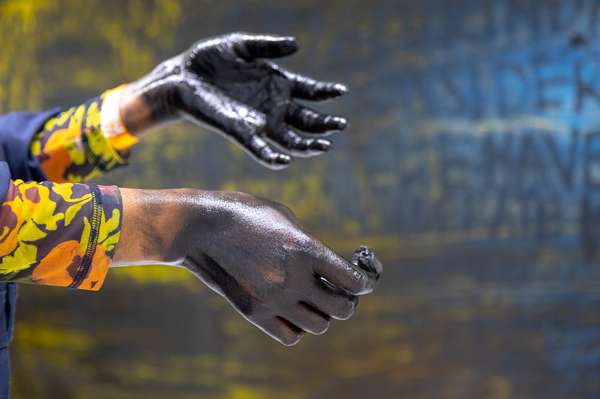




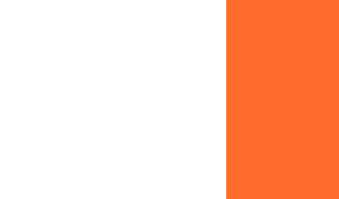
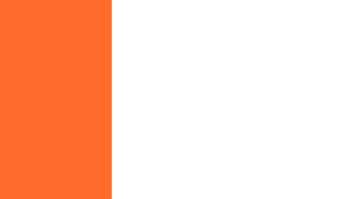


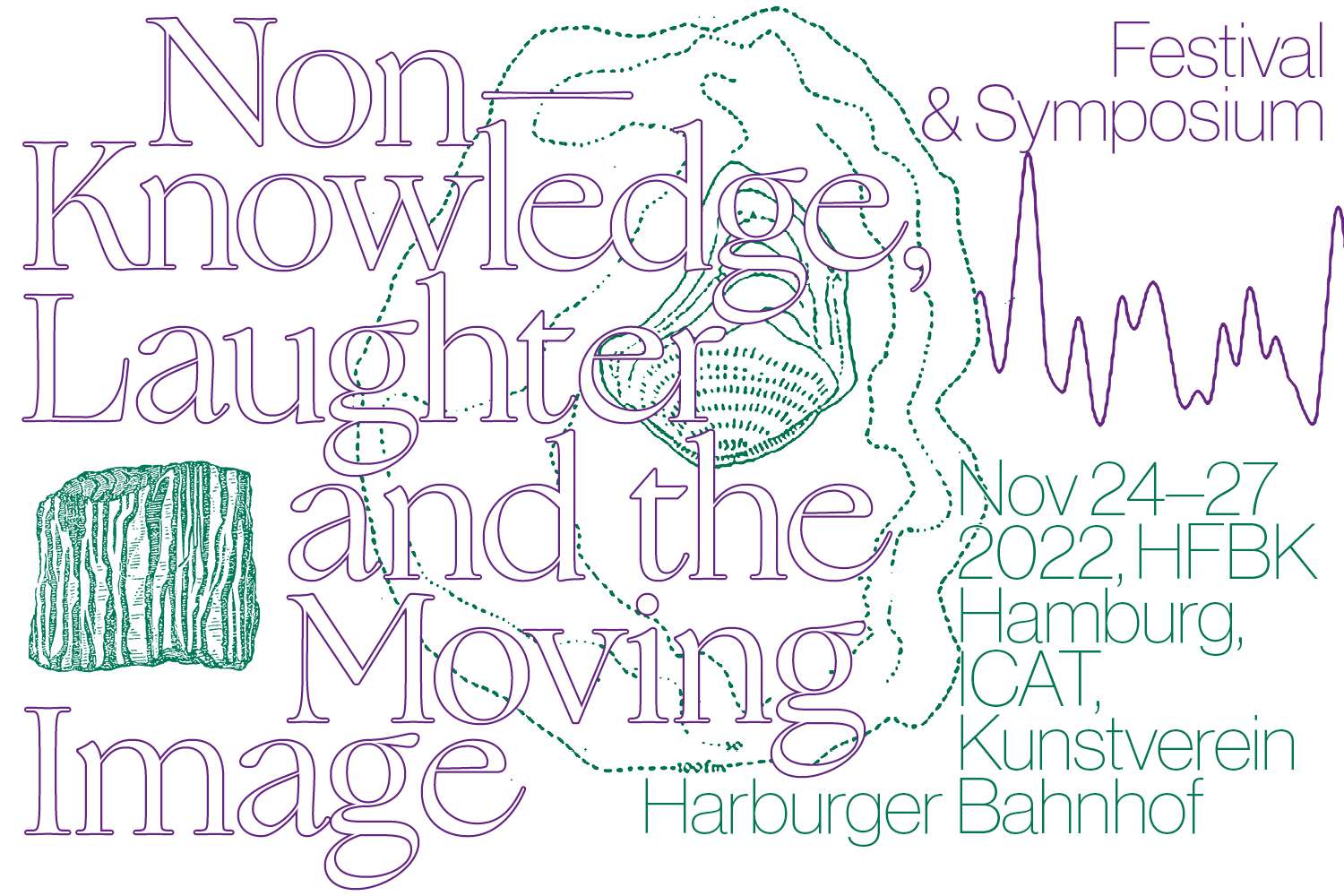






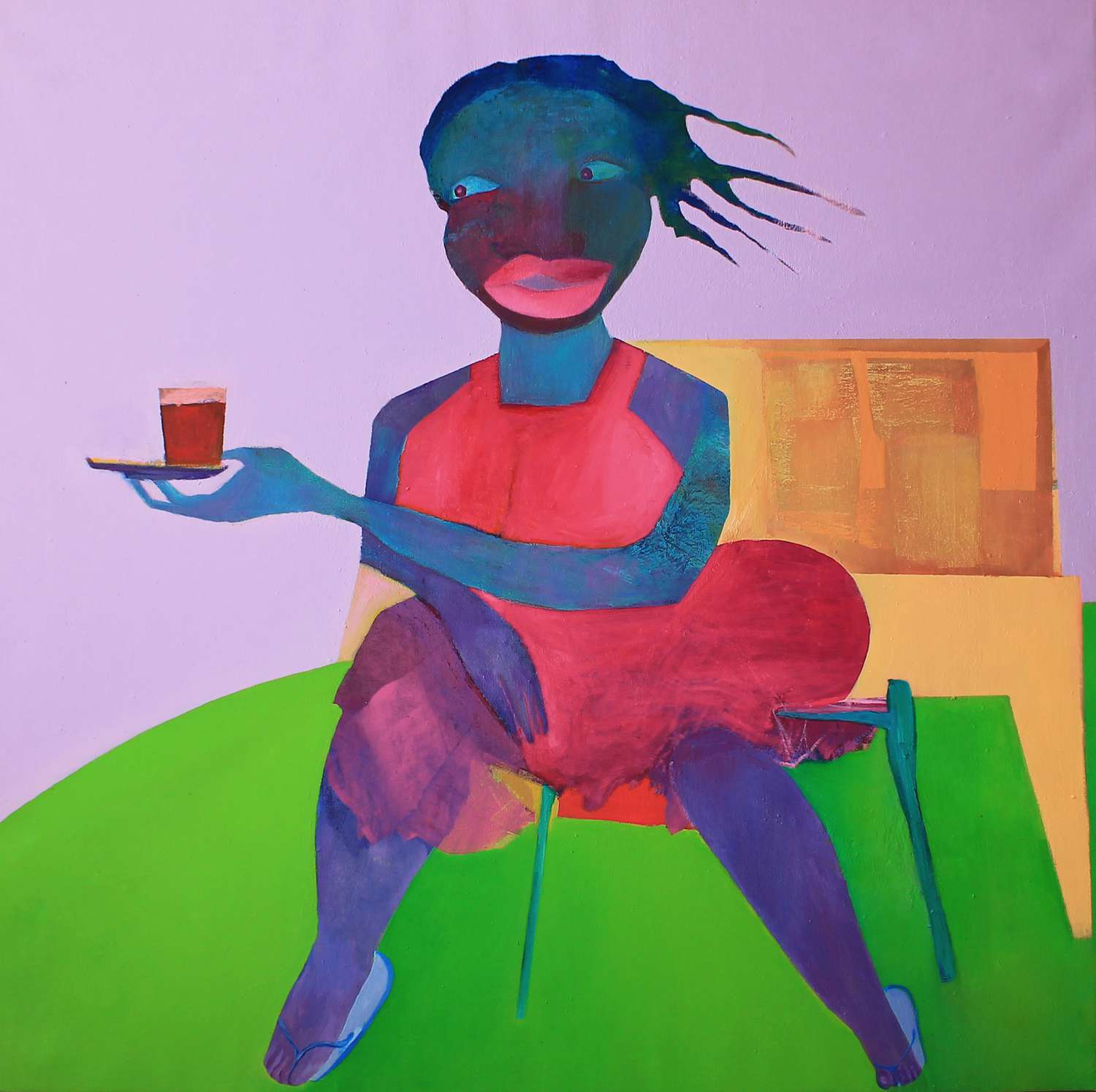
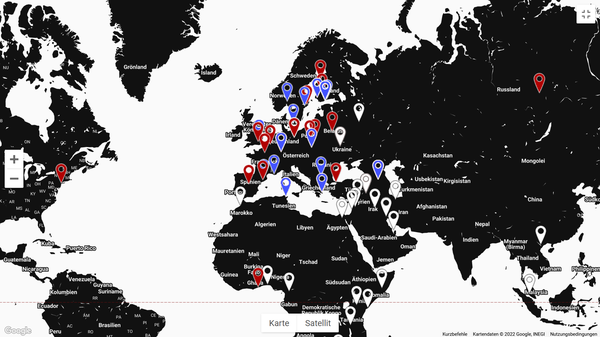
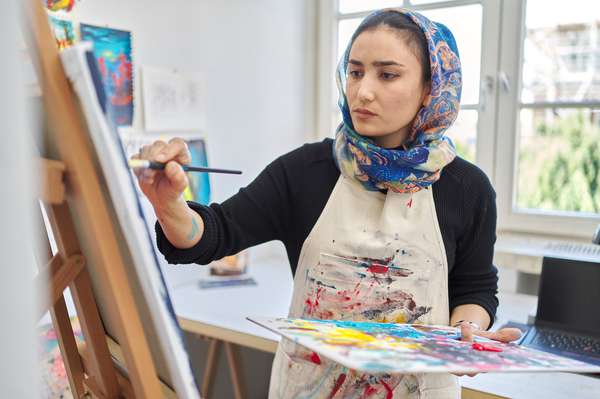









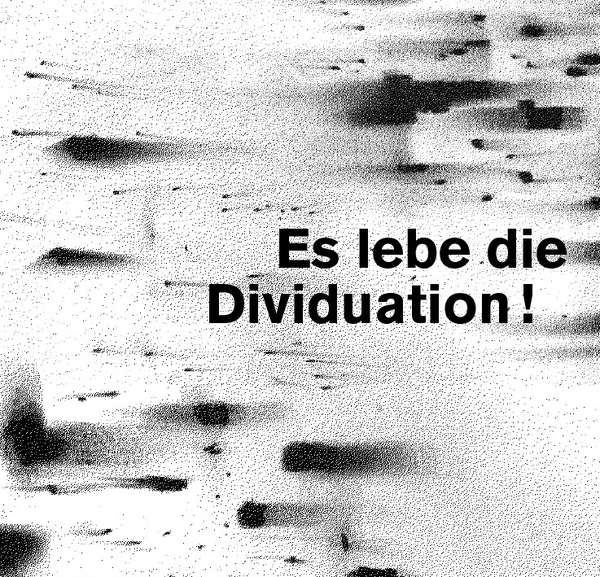





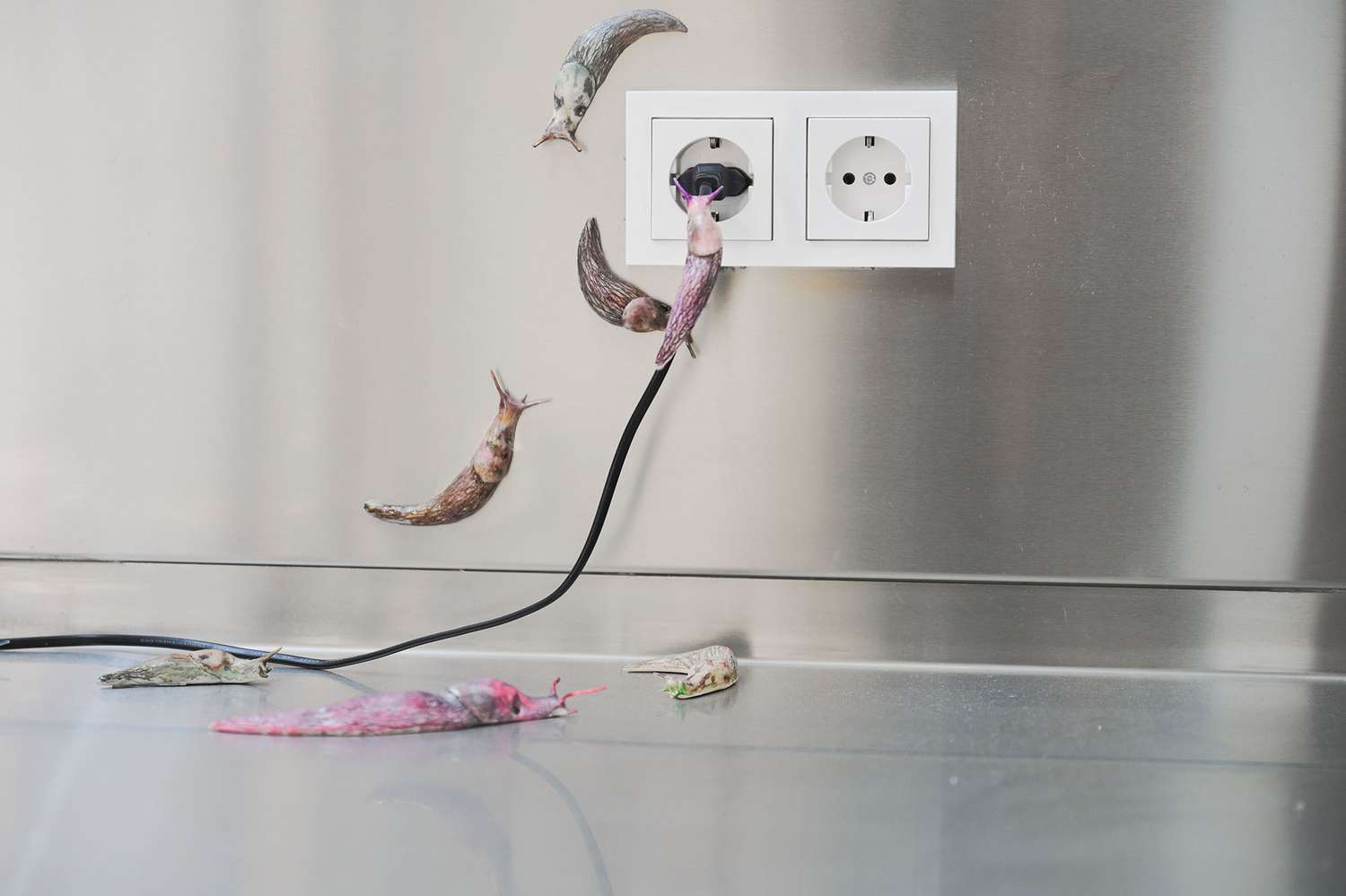


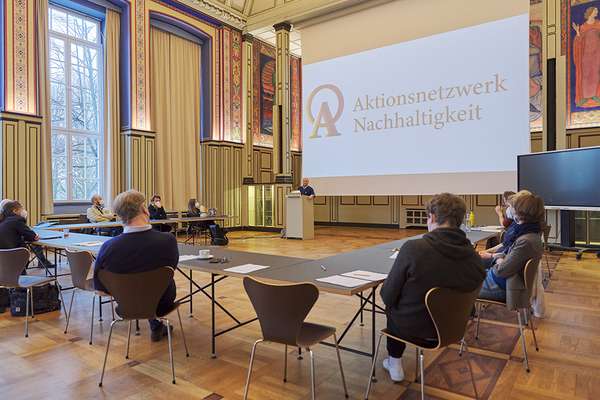






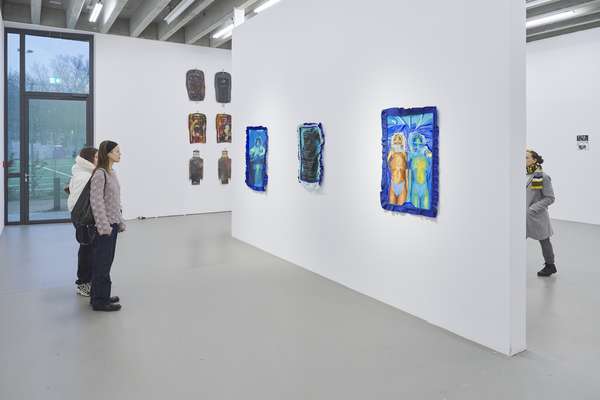








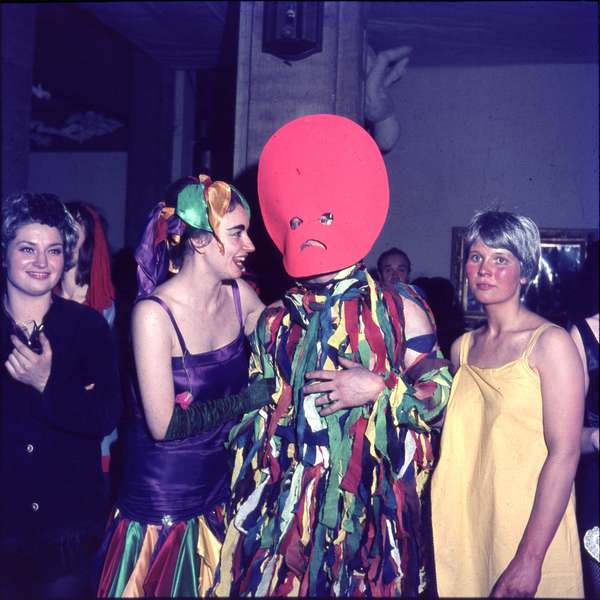

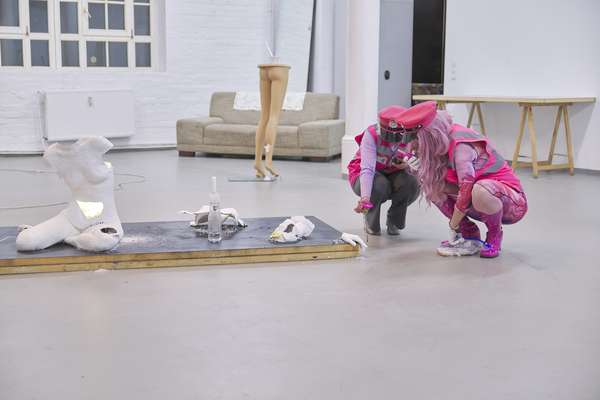



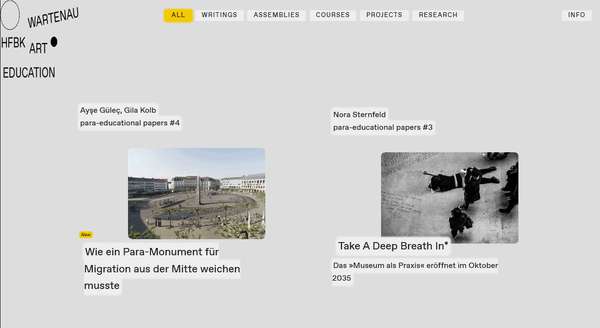

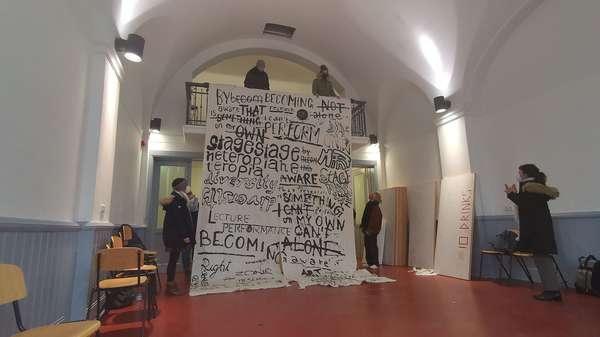
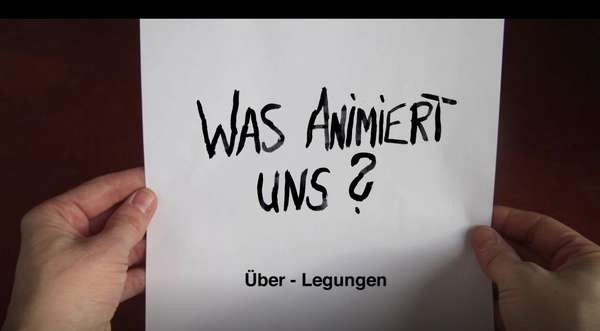
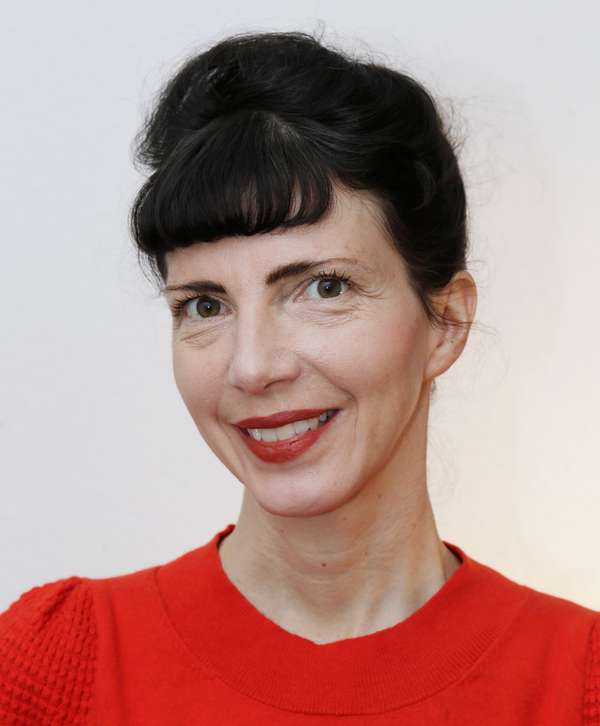
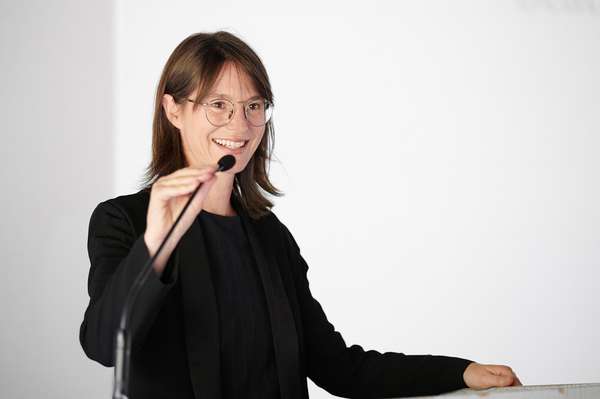

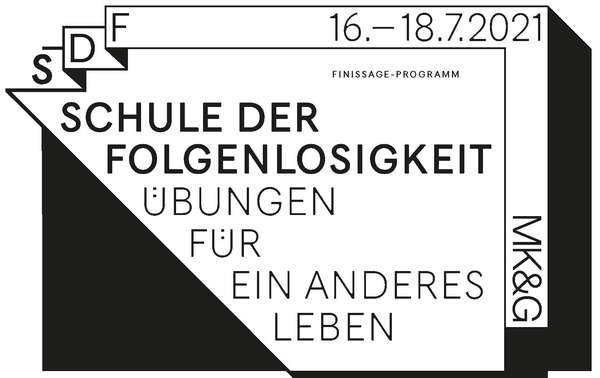


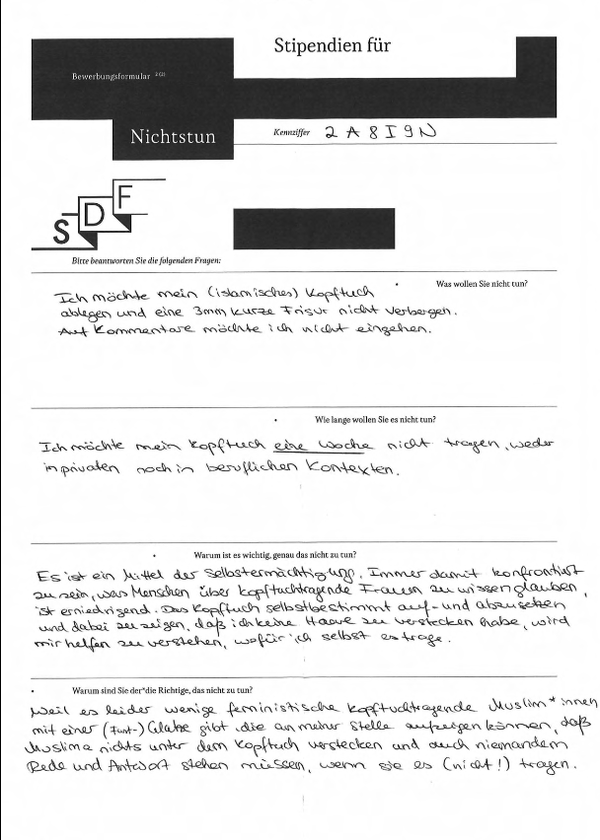









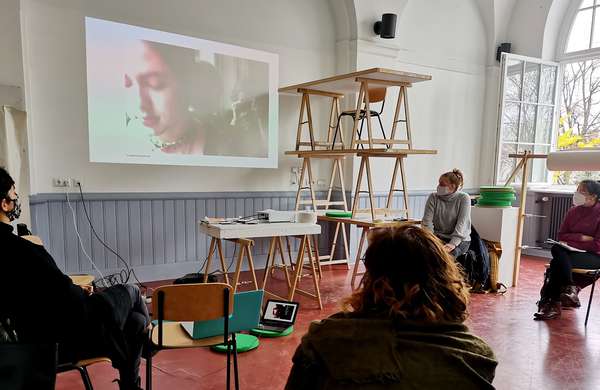





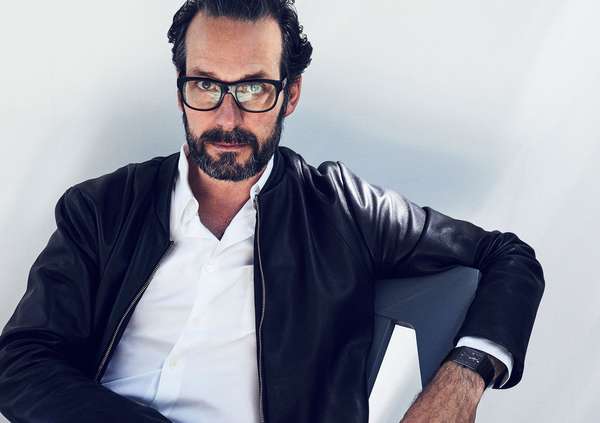

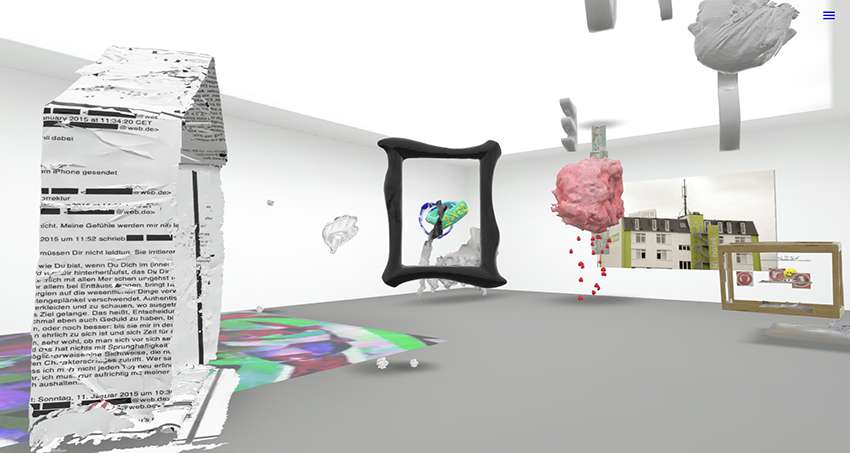

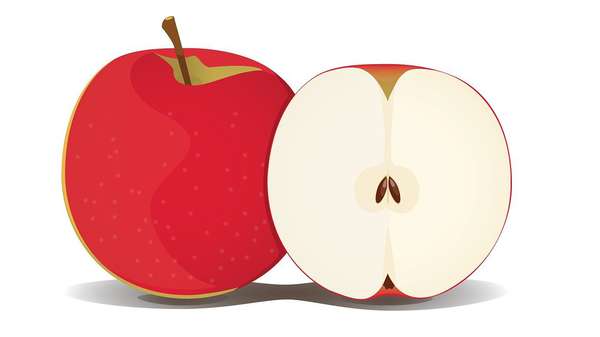

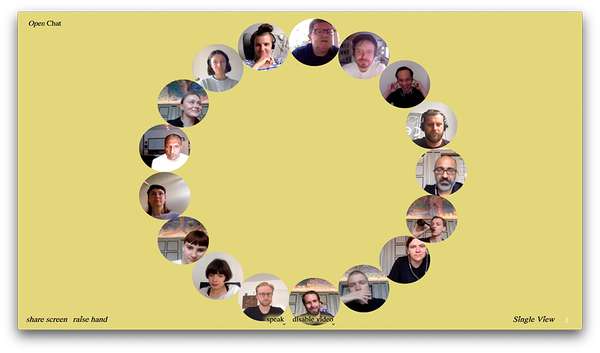

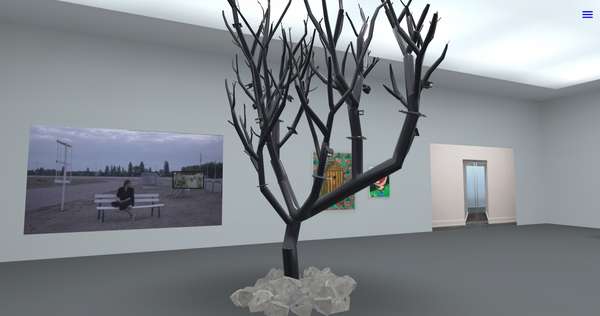









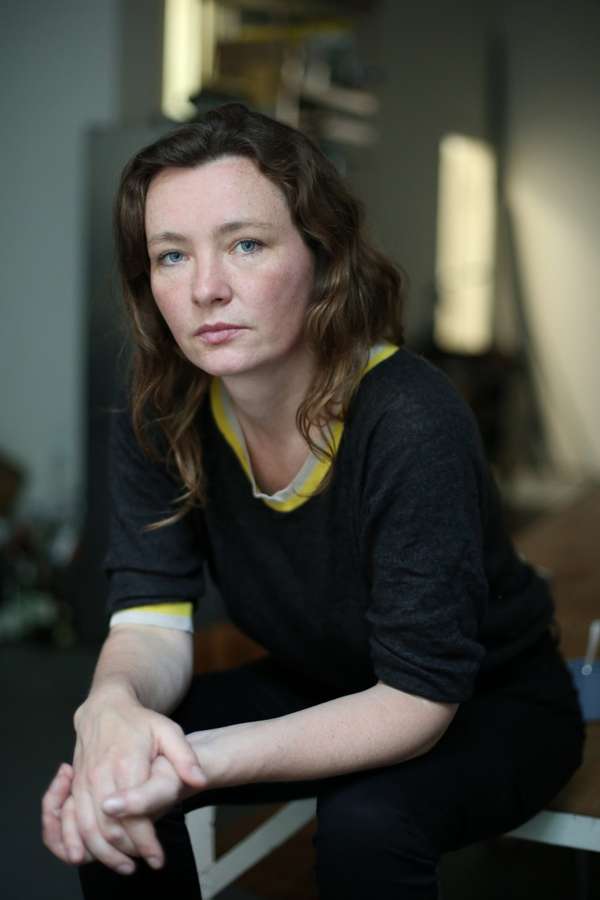

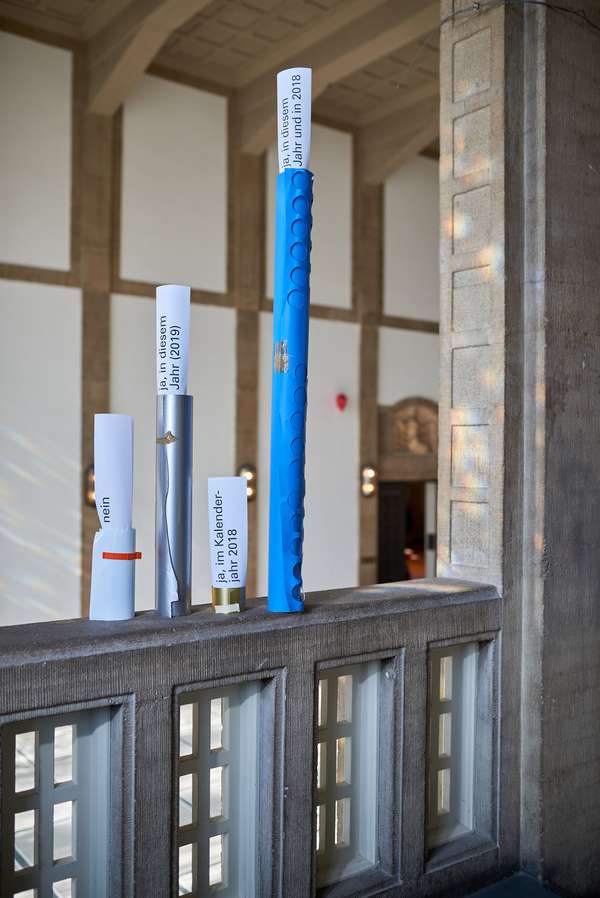



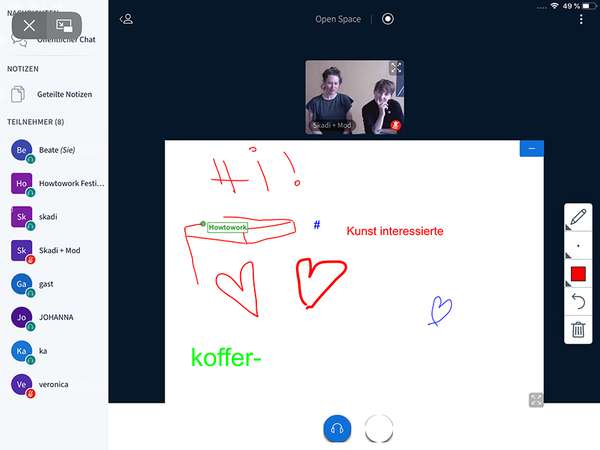
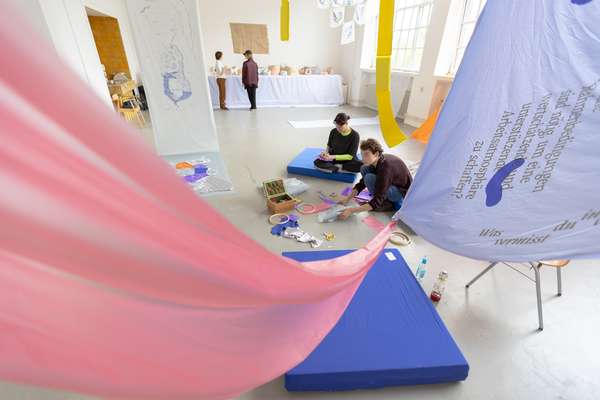

 Graduate Show 2025: Don't stop me now
Graduate Show 2025: Don't stop me now
 Long days, lots to do
Long days, lots to do
 Cine*Ami*es
Cine*Ami*es
 Redesign Democracy – competition for the ballot box of the democratic future
Redesign Democracy – competition for the ballot box of the democratic future
 Art in public space
Art in public space
 How to apply: study at HFBK Hamburg
How to apply: study at HFBK Hamburg
 Annual Exhibition 2025 at the HFBK Hamburg
Annual Exhibition 2025 at the HFBK Hamburg
 The Elephant in The Room – Sculpture today
The Elephant in The Room – Sculpture today
 Hiscox Art Prize 2024
Hiscox Art Prize 2024
 The New Woman
The New Woman
 Doing a PhD at the HFBK Hamburg
Doing a PhD at the HFBK Hamburg
 Graduate Show 2024 - Letting Go
Graduate Show 2024 - Letting Go
 Finkenwerder Art Prize 2024
Finkenwerder Art Prize 2024
 Archives of the Body - The Body in Archiving
Archives of the Body - The Body in Archiving
 New partnership with the School of Arts at the University of Haifa
New partnership with the School of Arts at the University of Haifa
 Annual Exhibition 2024 at the HFBK Hamburg
Annual Exhibition 2024 at the HFBK Hamburg
 (Ex)Changes of / in Art
(Ex)Changes of / in Art
 Extended Libraries
Extended Libraries
 And Still I Rise
And Still I Rise
 Let's talk about language
Let's talk about language
 Graduate Show 2023: Unfinished Business
Graduate Show 2023: Unfinished Business
 Let`s work together
Let`s work together
 Annual Exhibition 2023 at HFBK Hamburg
Annual Exhibition 2023 at HFBK Hamburg
 Symposium: Controversy over documenta fifteen
Symposium: Controversy over documenta fifteen
 Festival and Symposium: Non-Knowledge, Laughter and the Moving Image
Festival and Symposium: Non-Knowledge, Laughter and the Moving Image
 Solo exhibition by Konstantin Grcic
Solo exhibition by Konstantin Grcic
 Art and war
Art and war
 Graduate Show 2022: We’ve Only Just Begun
Graduate Show 2022: We’ve Only Just Begun
 June is full of art and theory
June is full of art and theory
 Finkenwerder Art Prize 2022
Finkenwerder Art Prize 2022
 Nachhaltigkeit im Kontext von Kunst und Kunsthochschule
Nachhaltigkeit im Kontext von Kunst und Kunsthochschule
 Raum für die Kunst
Raum für die Kunst
 Annual Exhibition 2022 at the HFBK
Annual Exhibition 2022 at the HFBK
 Conference: Counter-Monuments and Para-Monuments.
Conference: Counter-Monuments and Para-Monuments.
 Diversity
Diversity
 Live und in Farbe: die ASA Open Studios im Juni 2021
Live und in Farbe: die ASA Open Studios im Juni 2021
 Unlearning: Wartenau Assemblies
Unlearning: Wartenau Assemblies
 School of No Consequences
School of No Consequences
 Annual Exhibition 2021 at the HFBK
Annual Exhibition 2021 at the HFBK
 Semestereröffnung und Hiscox-Preisverleihung 2020
Semestereröffnung und Hiscox-Preisverleihung 2020
 Teaching Art Online at the HFBK
Teaching Art Online at the HFBK
 HFBK Graduate Survey
HFBK Graduate Survey
 How political is Social Design?
How political is Social Design?